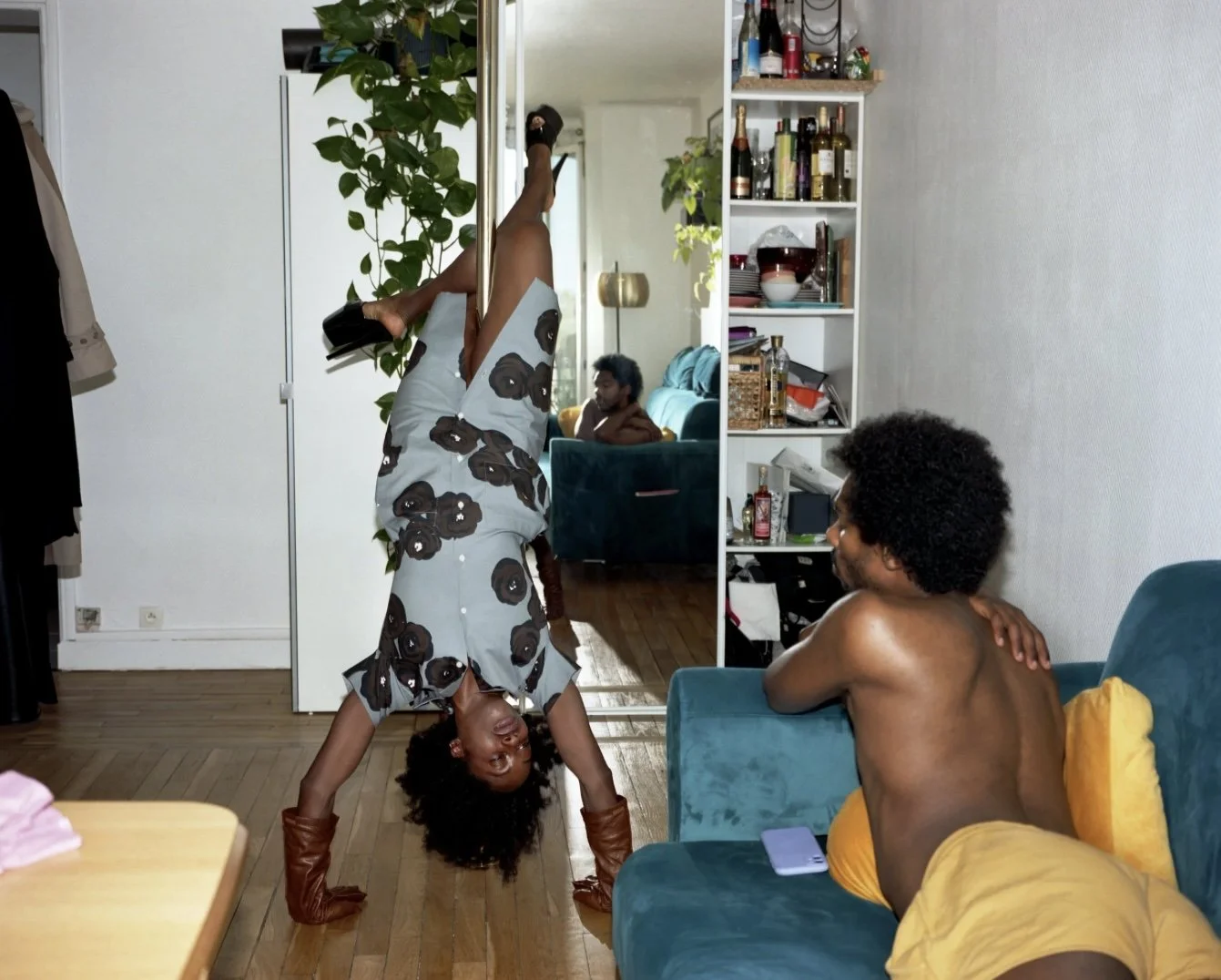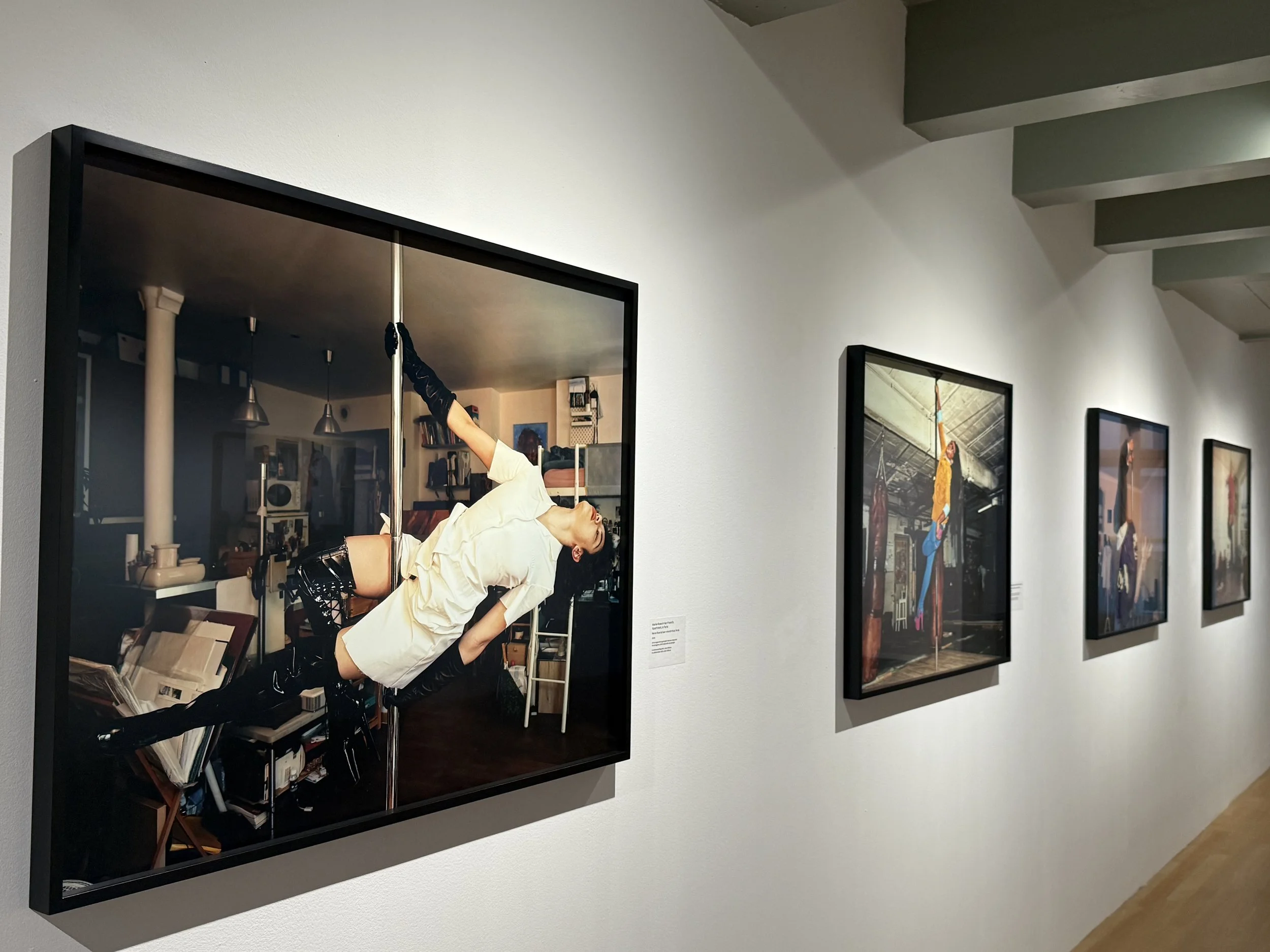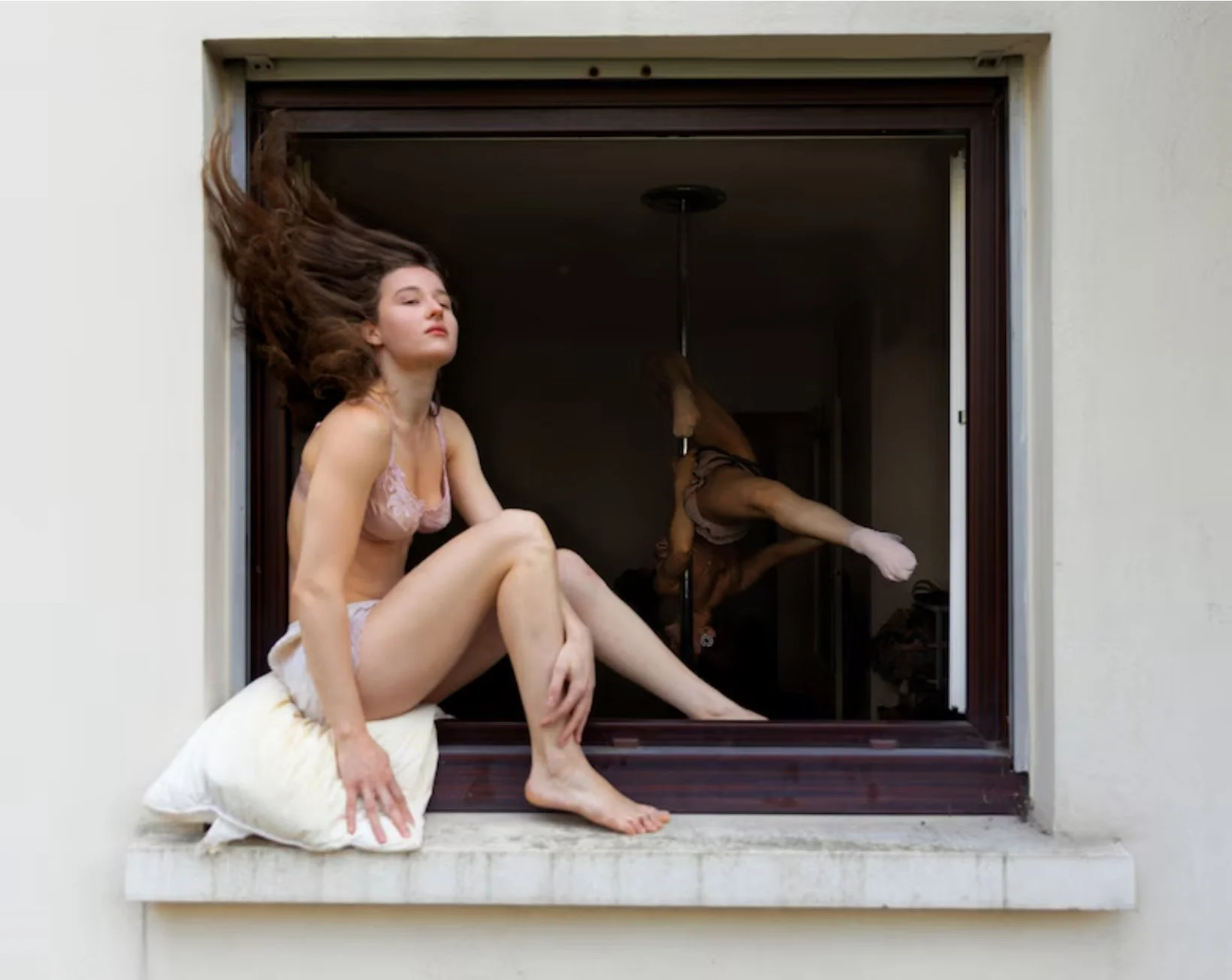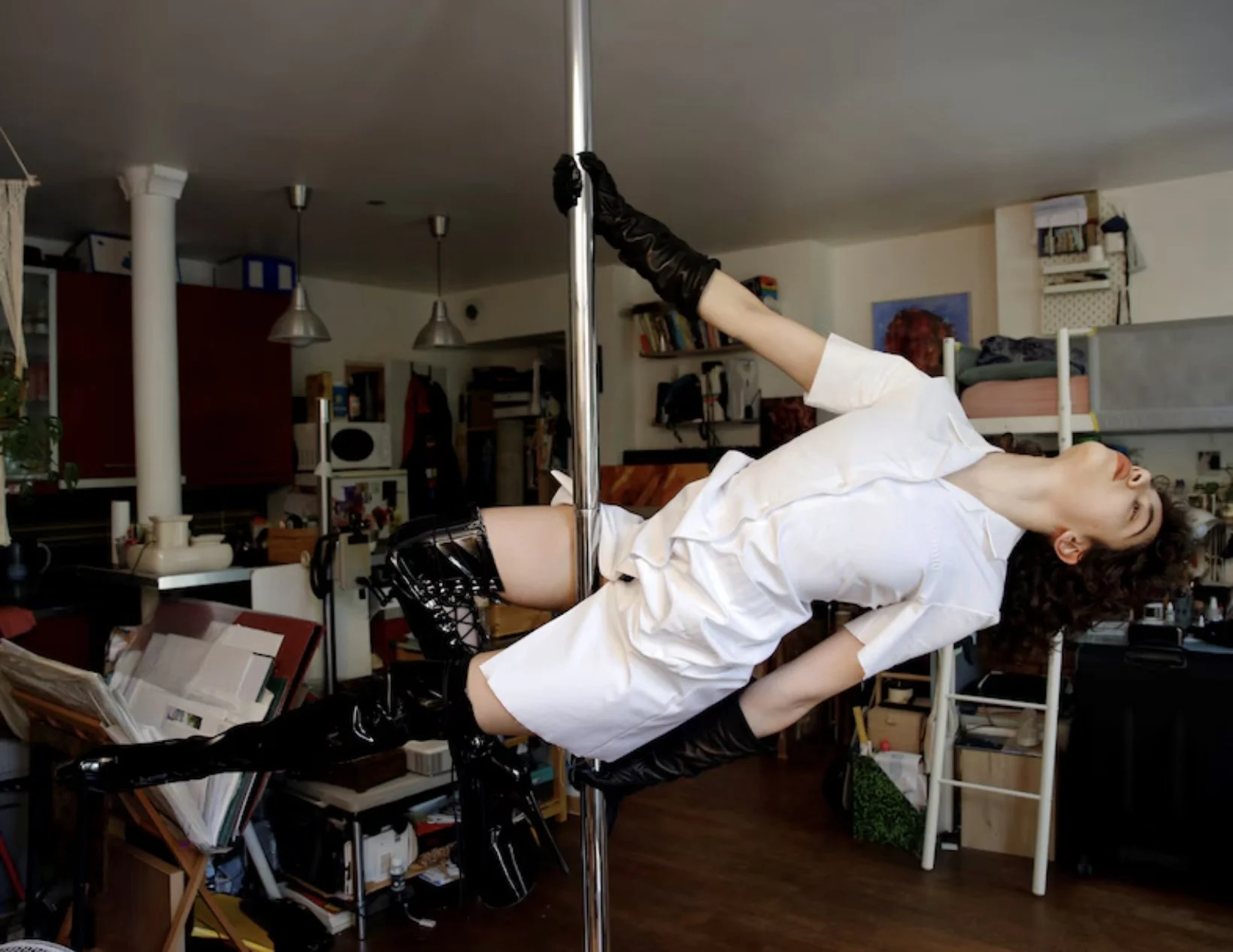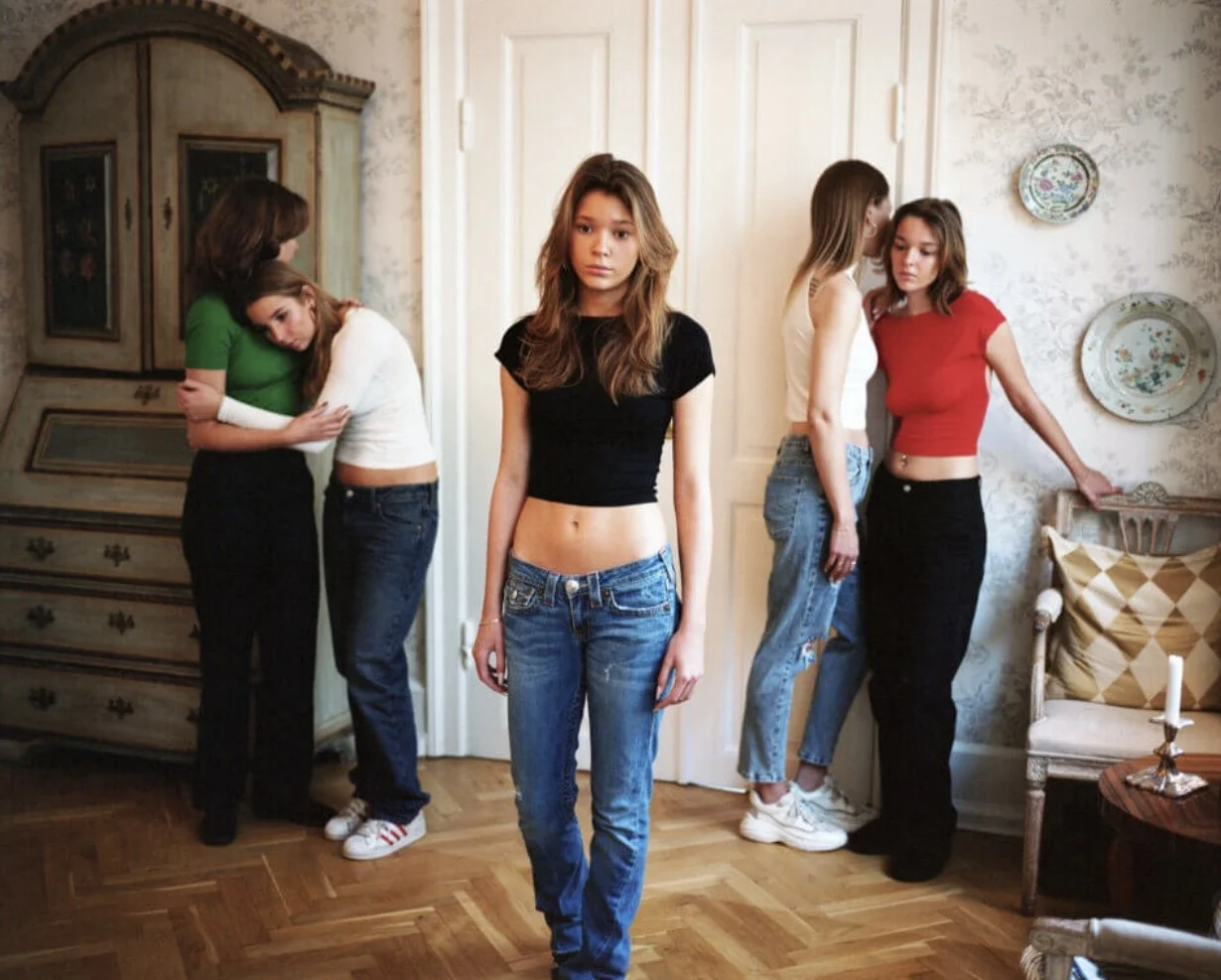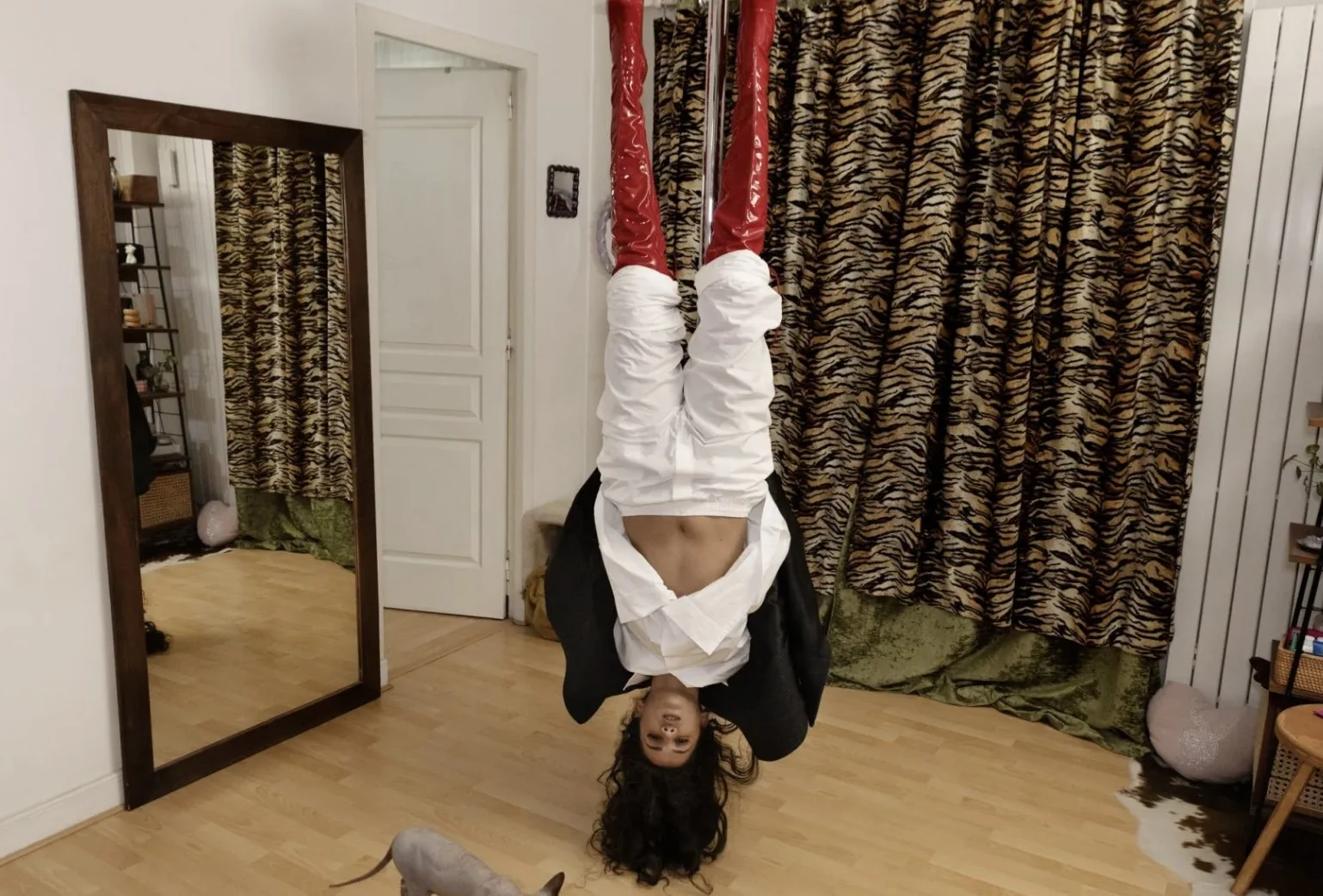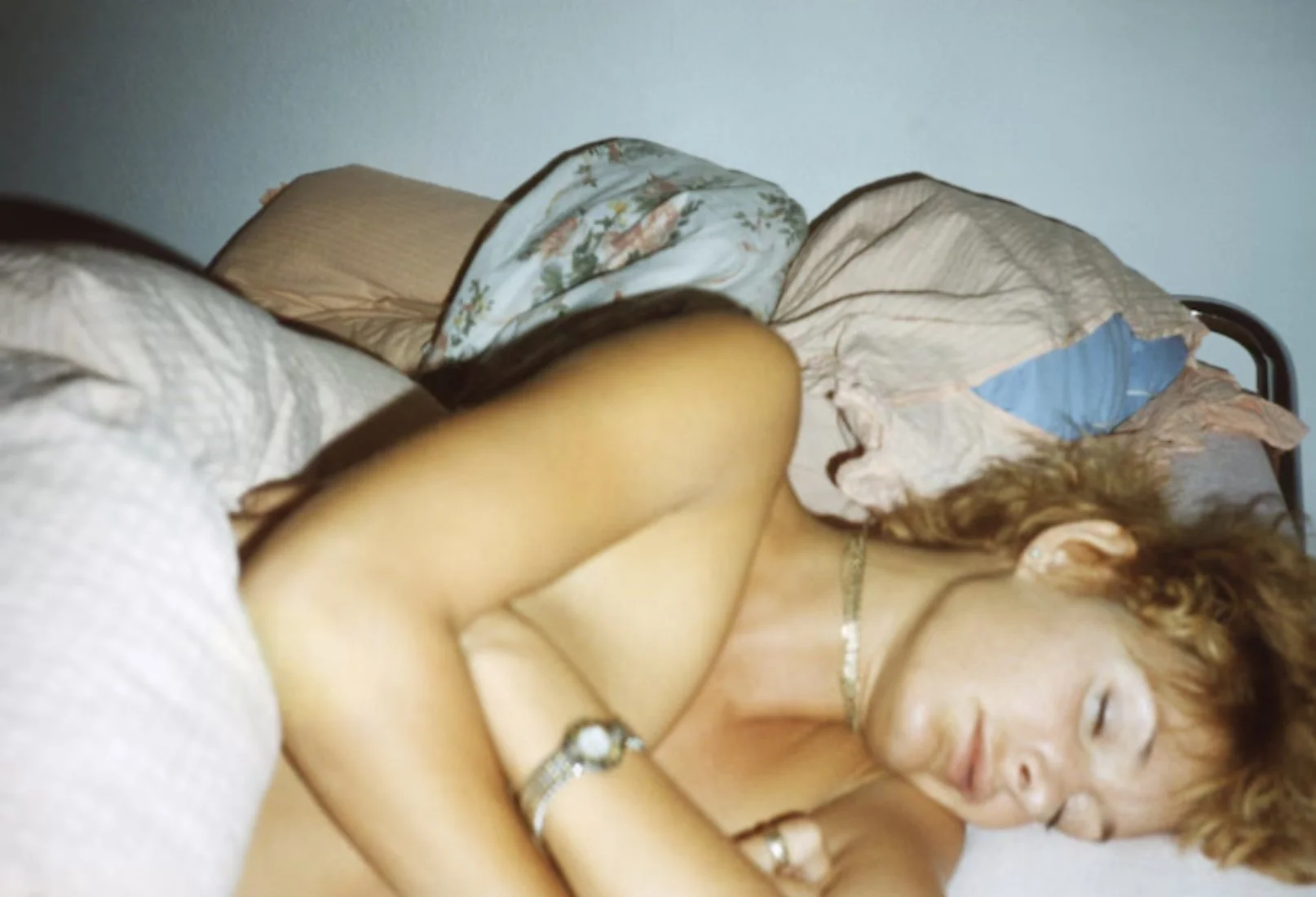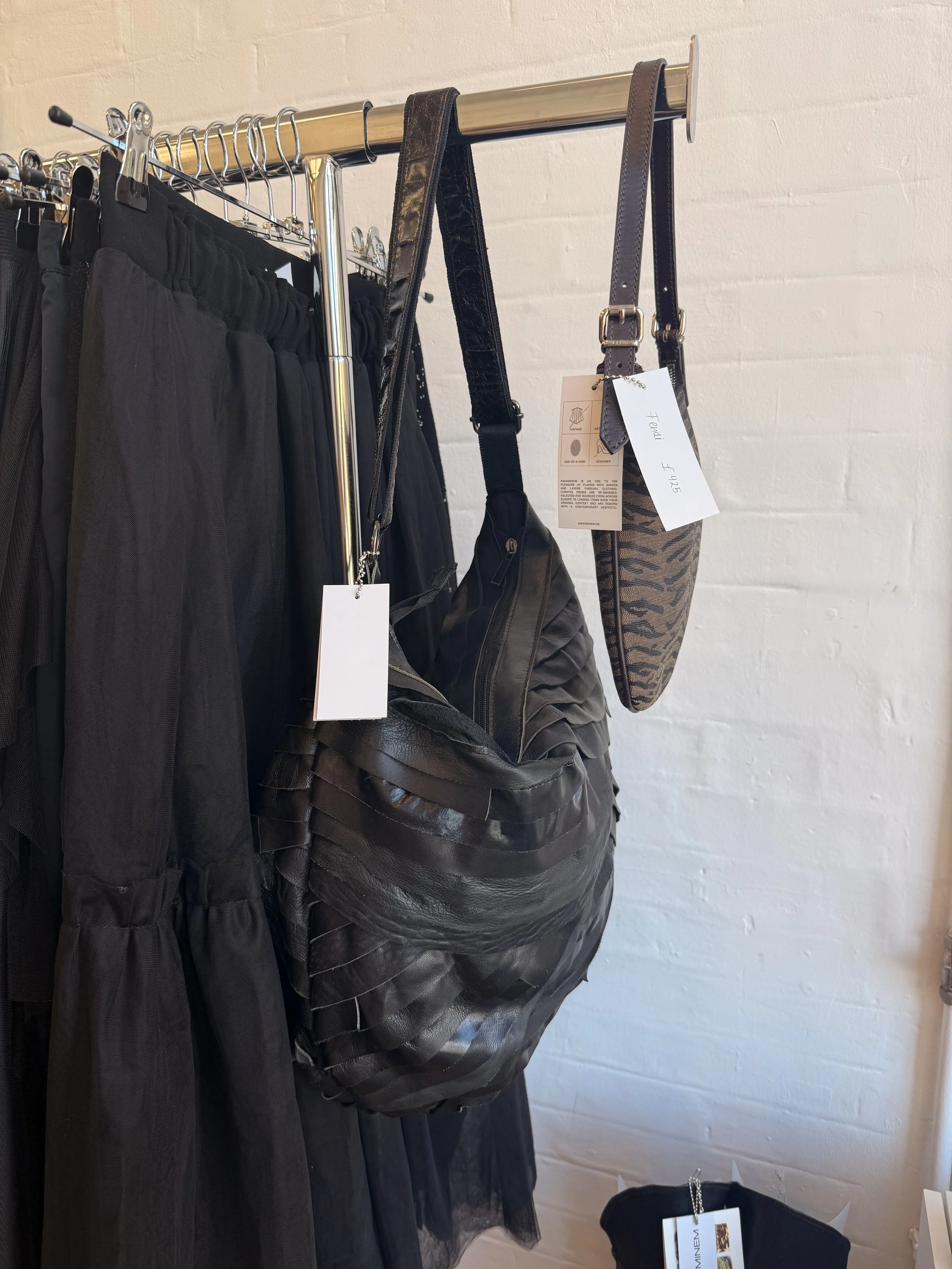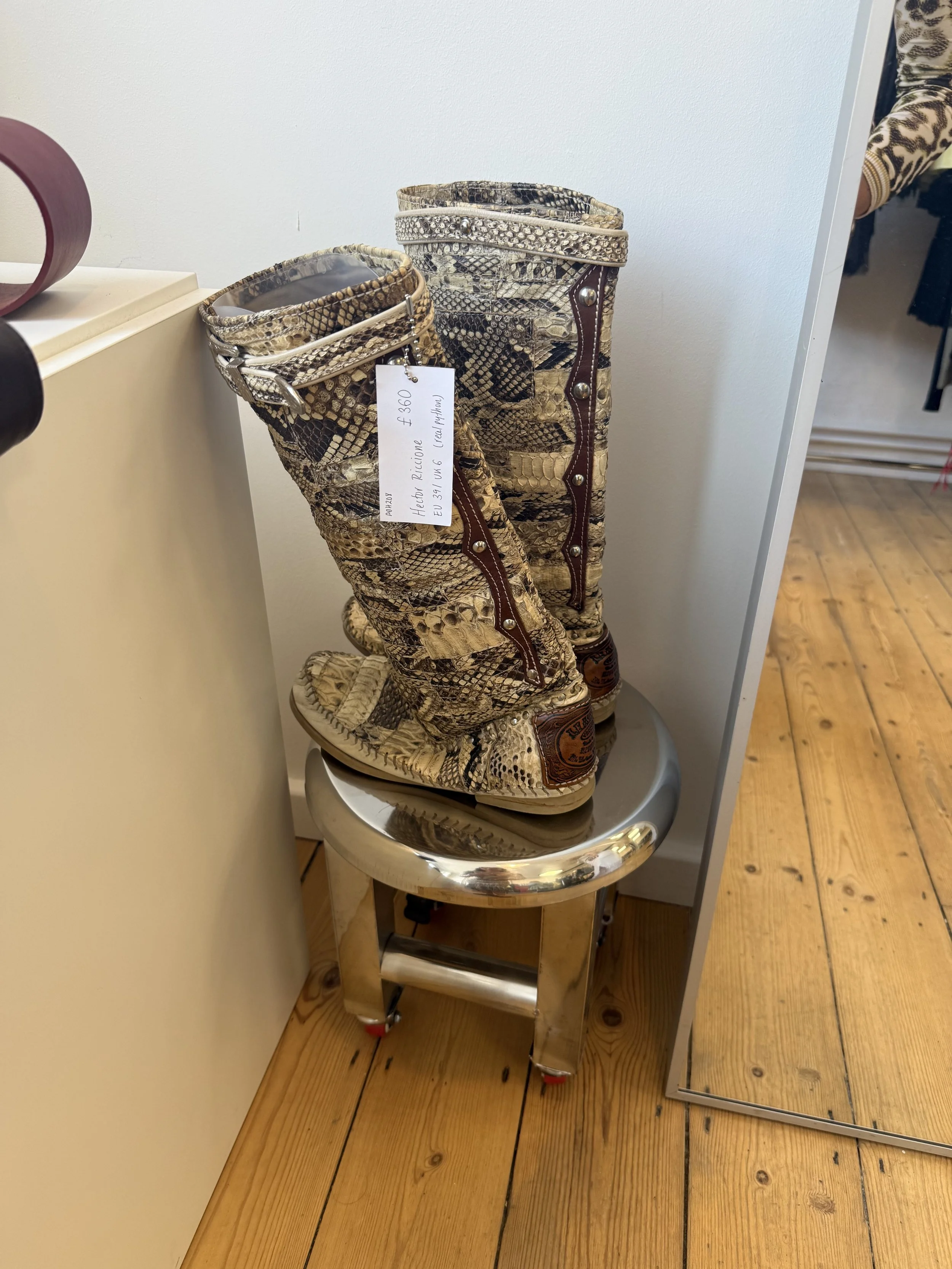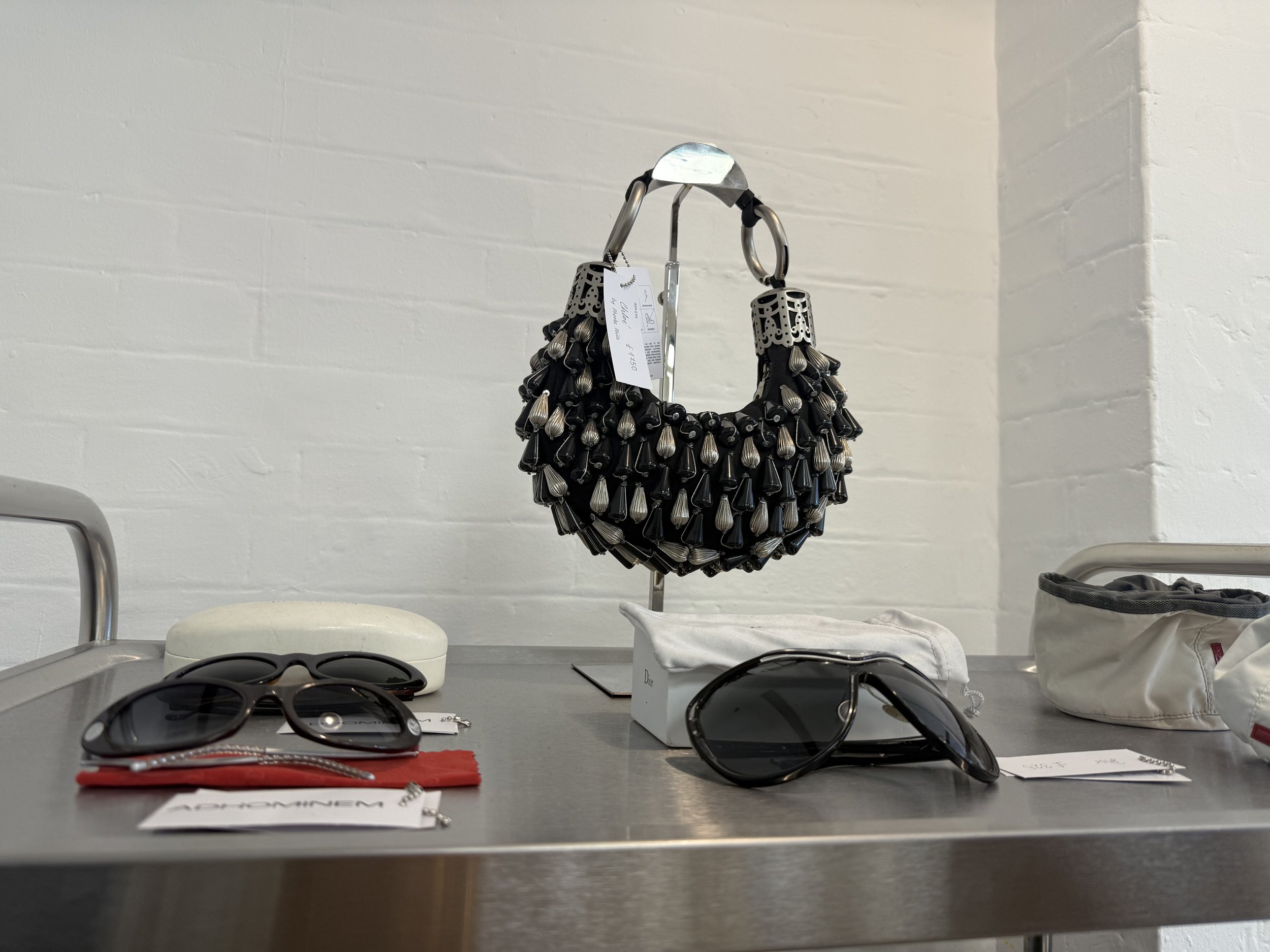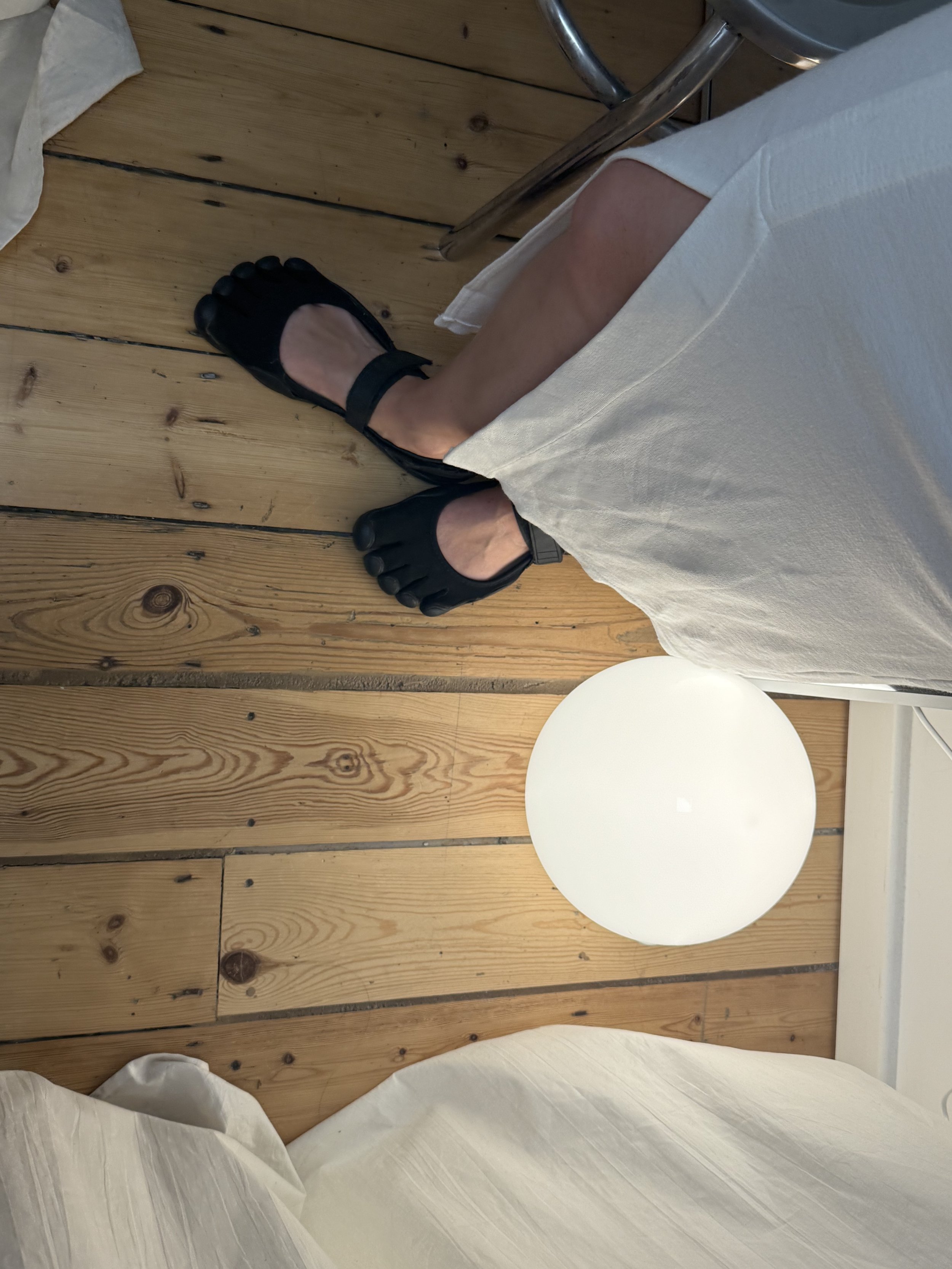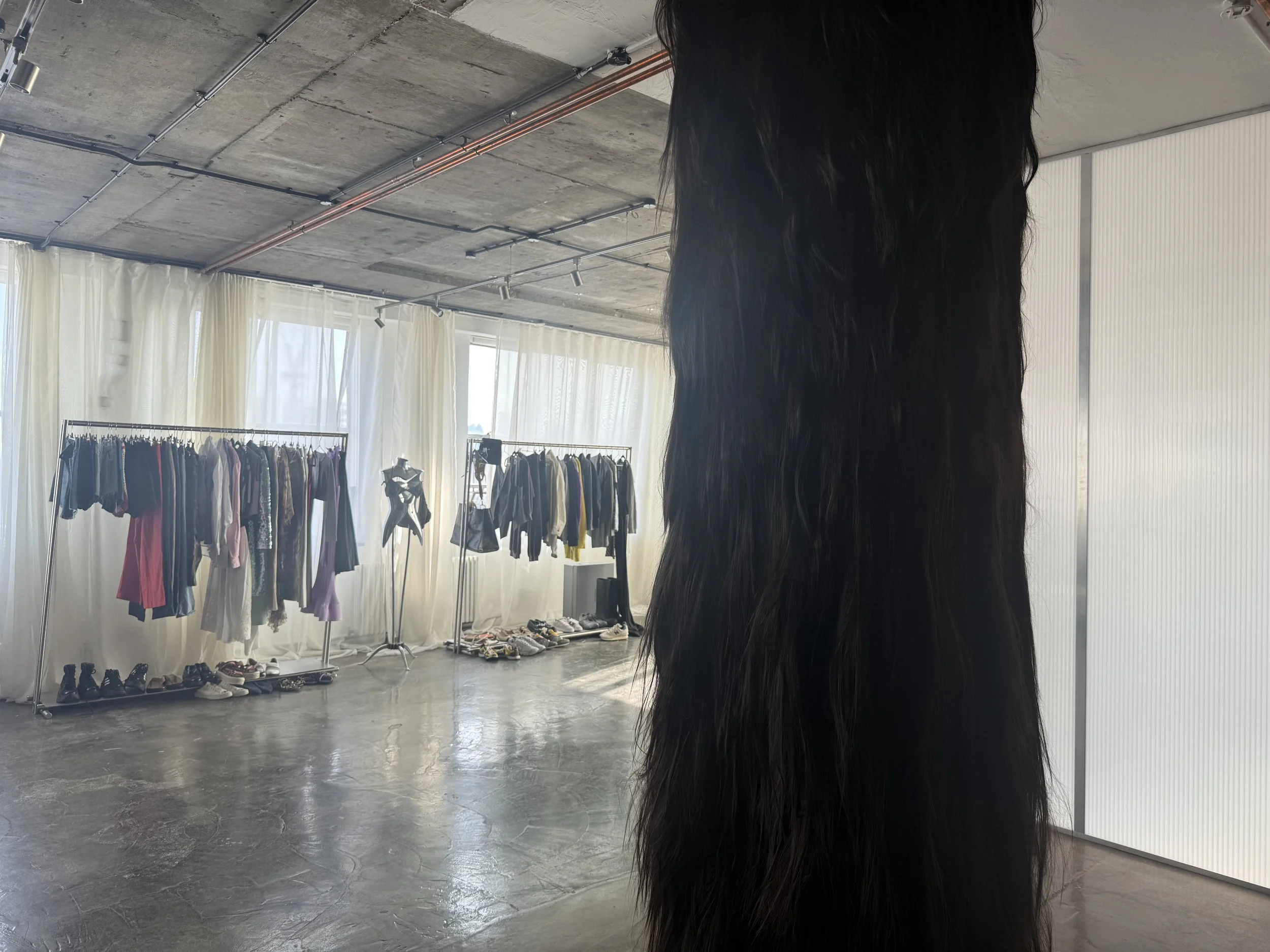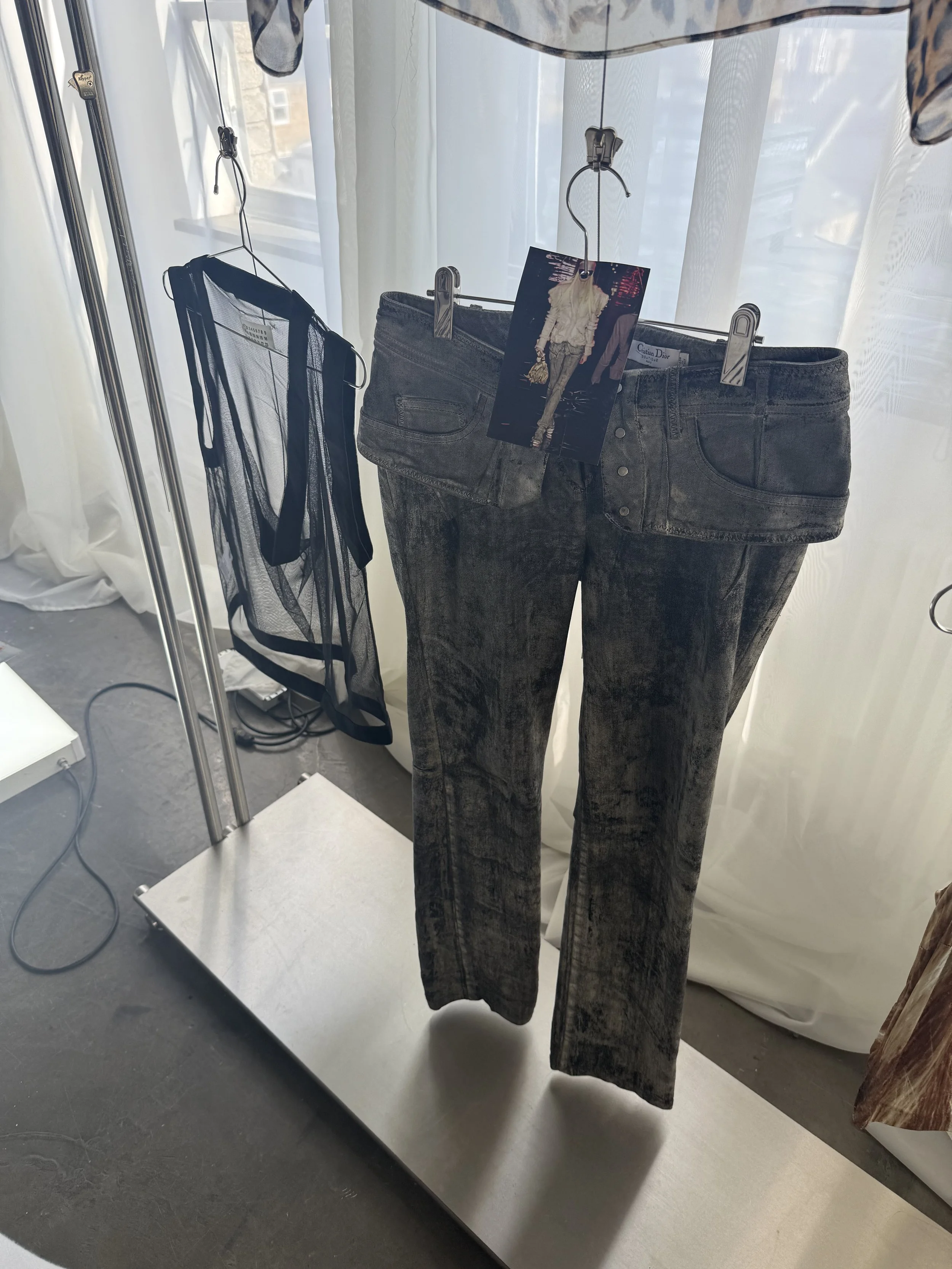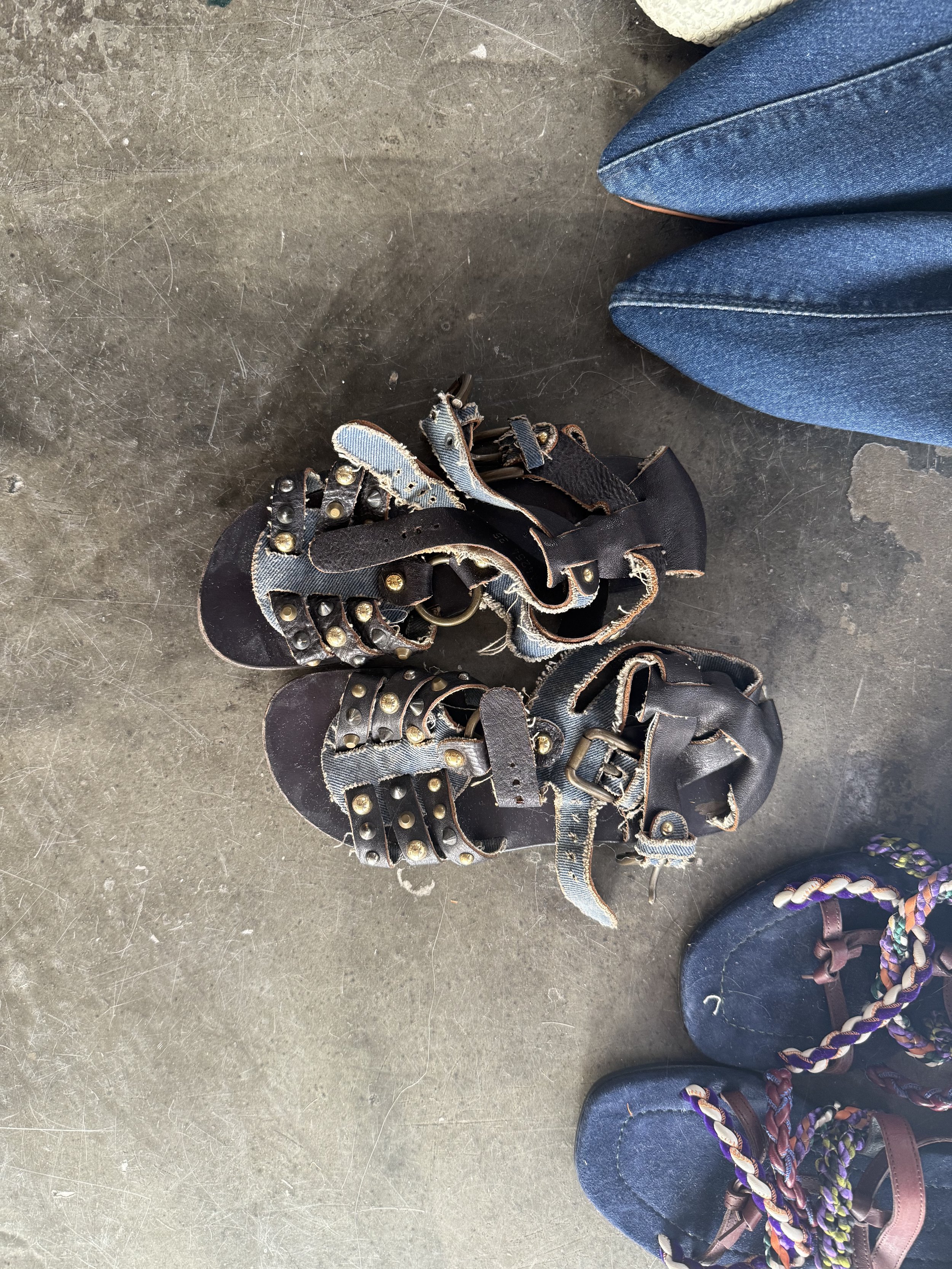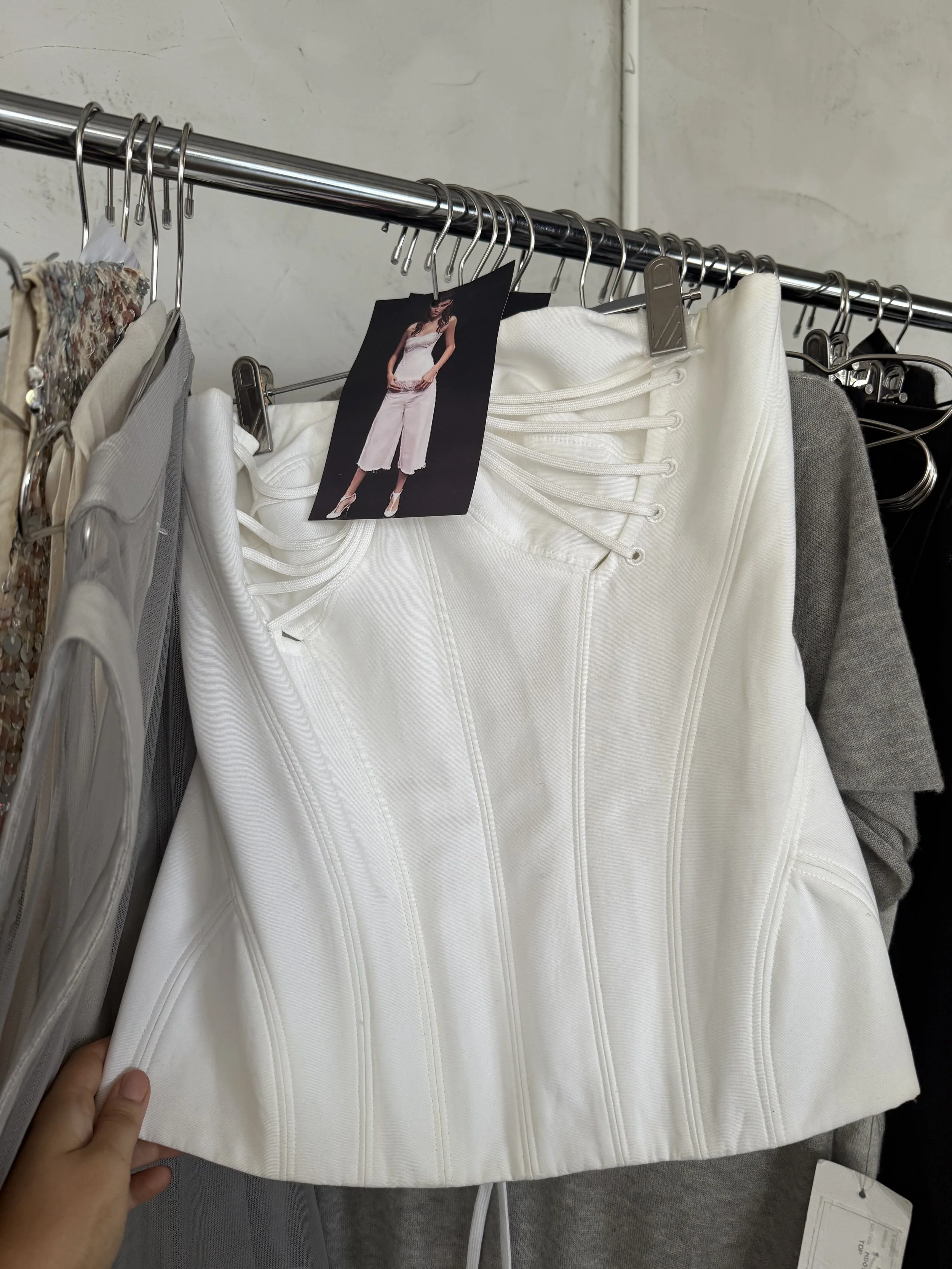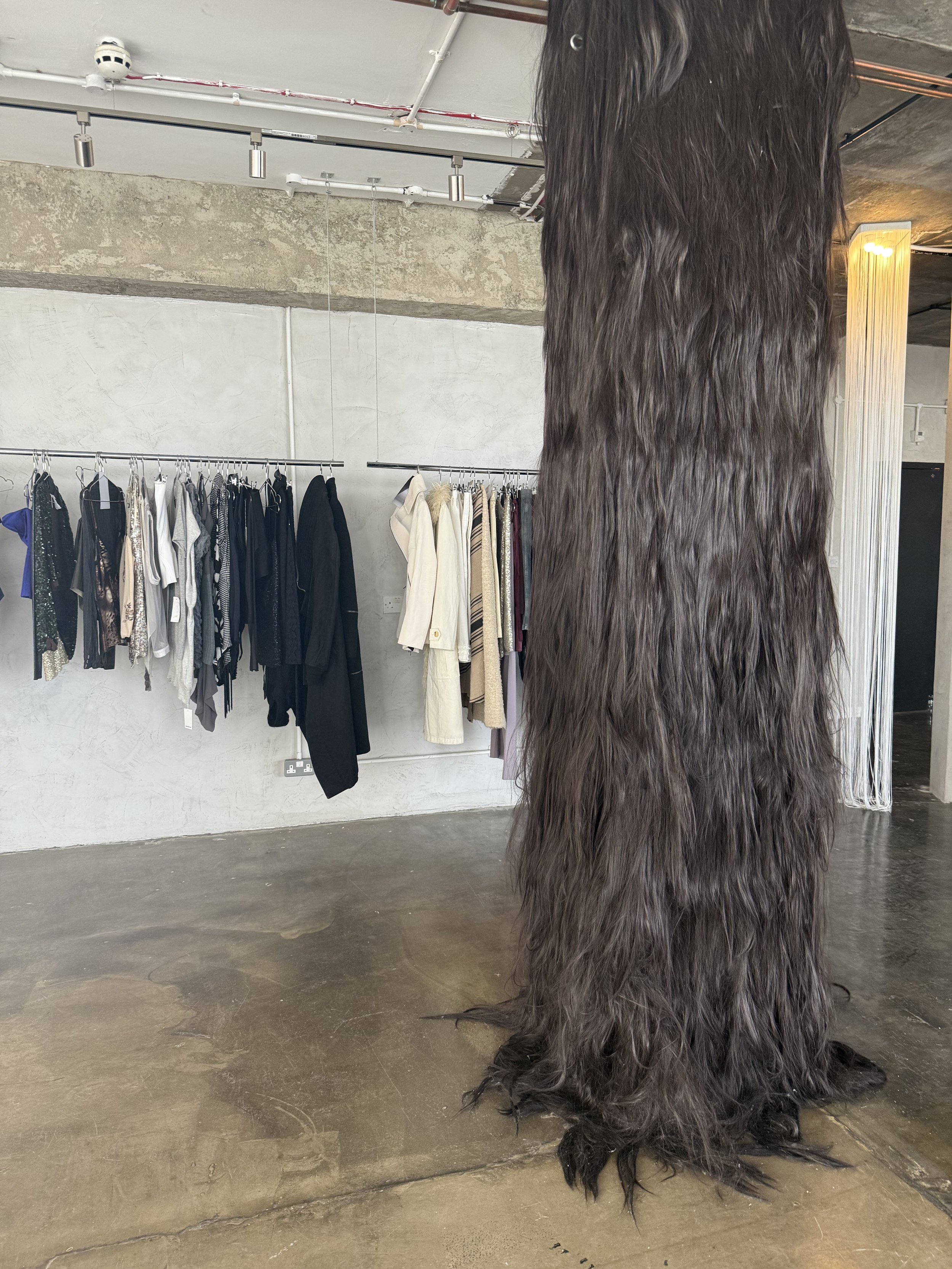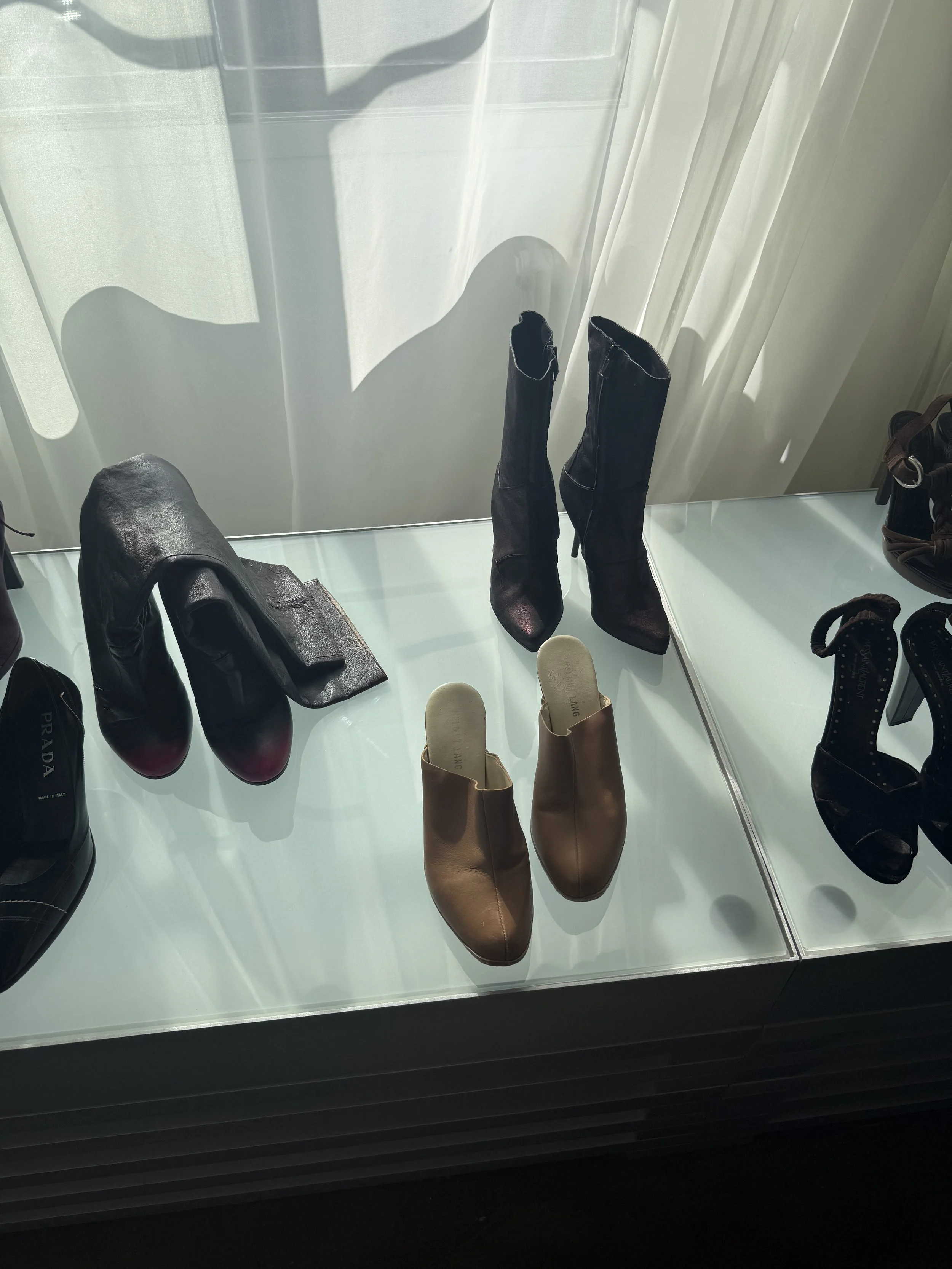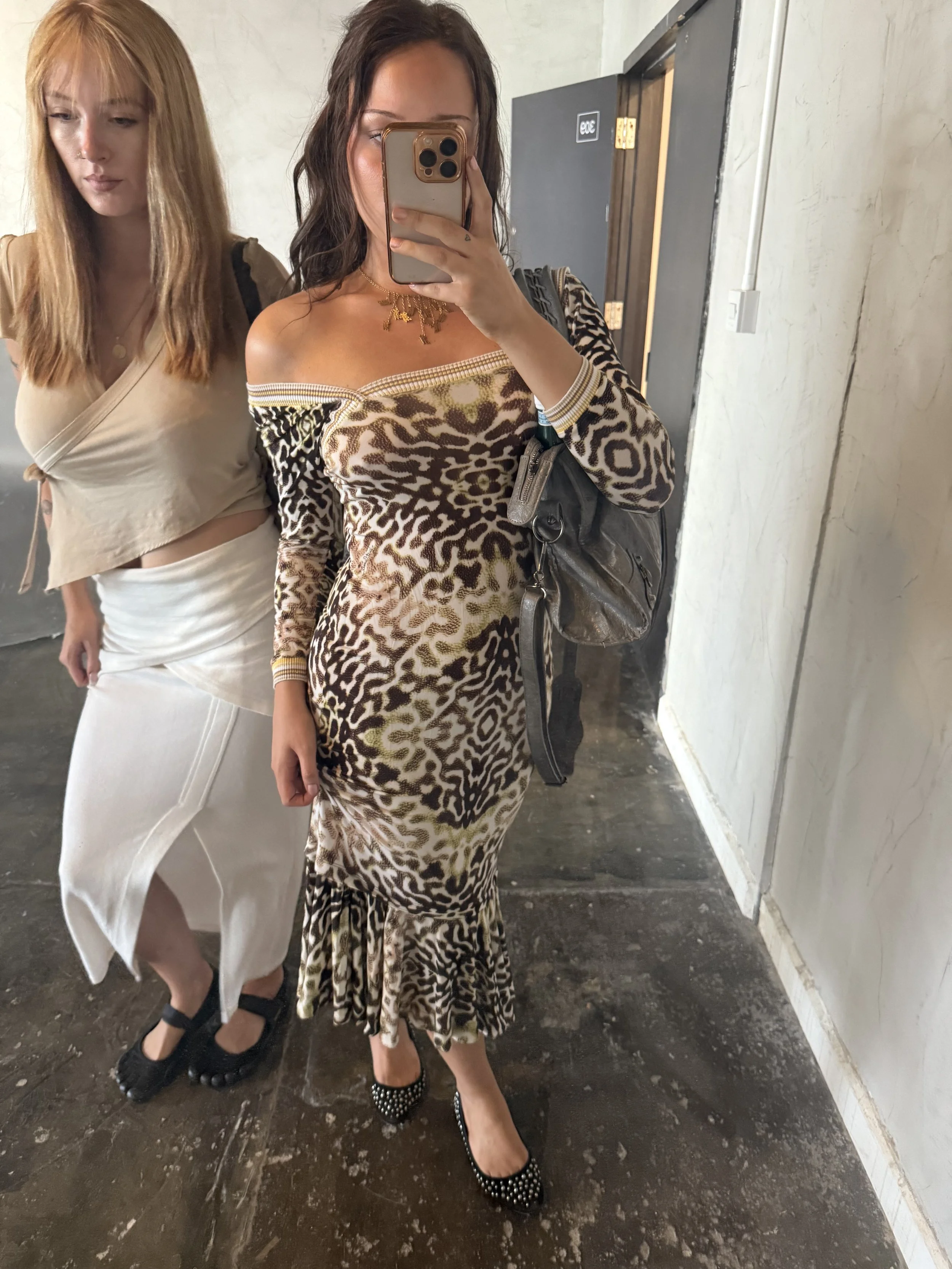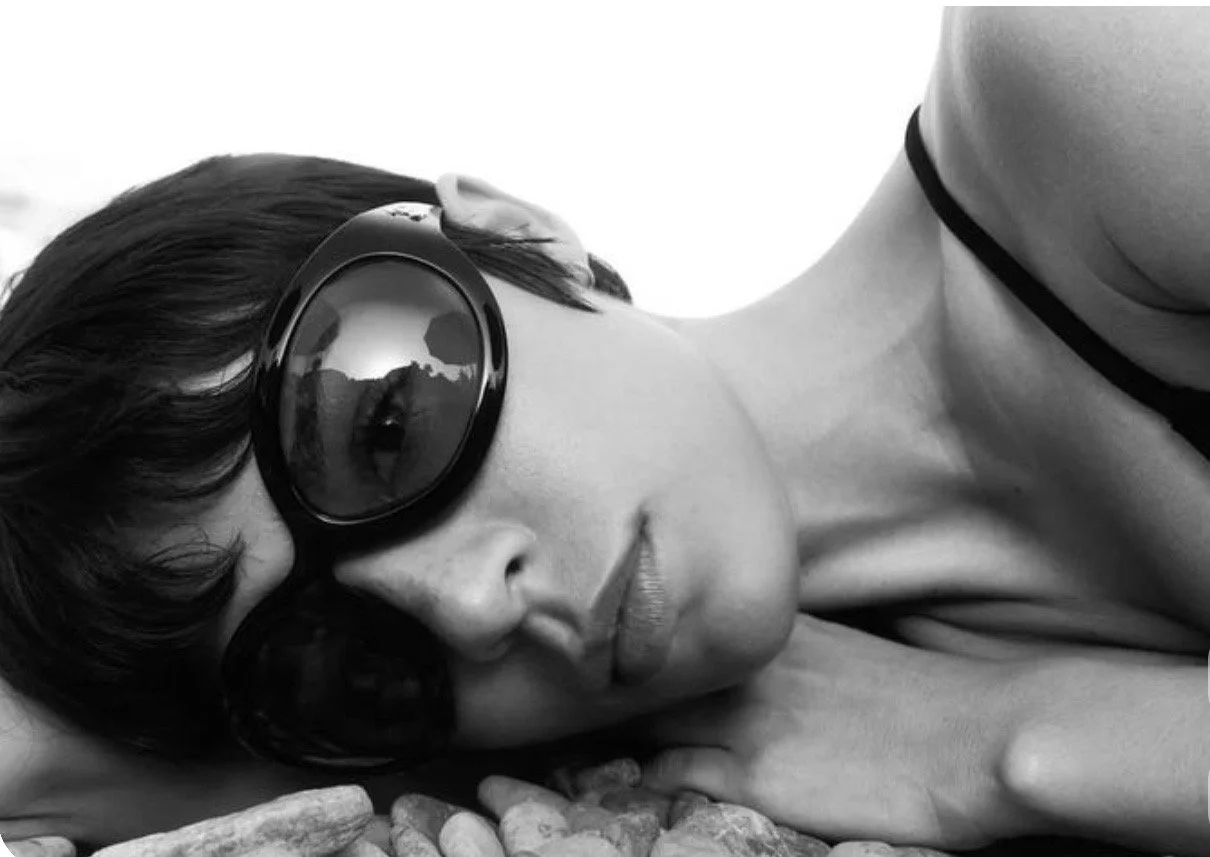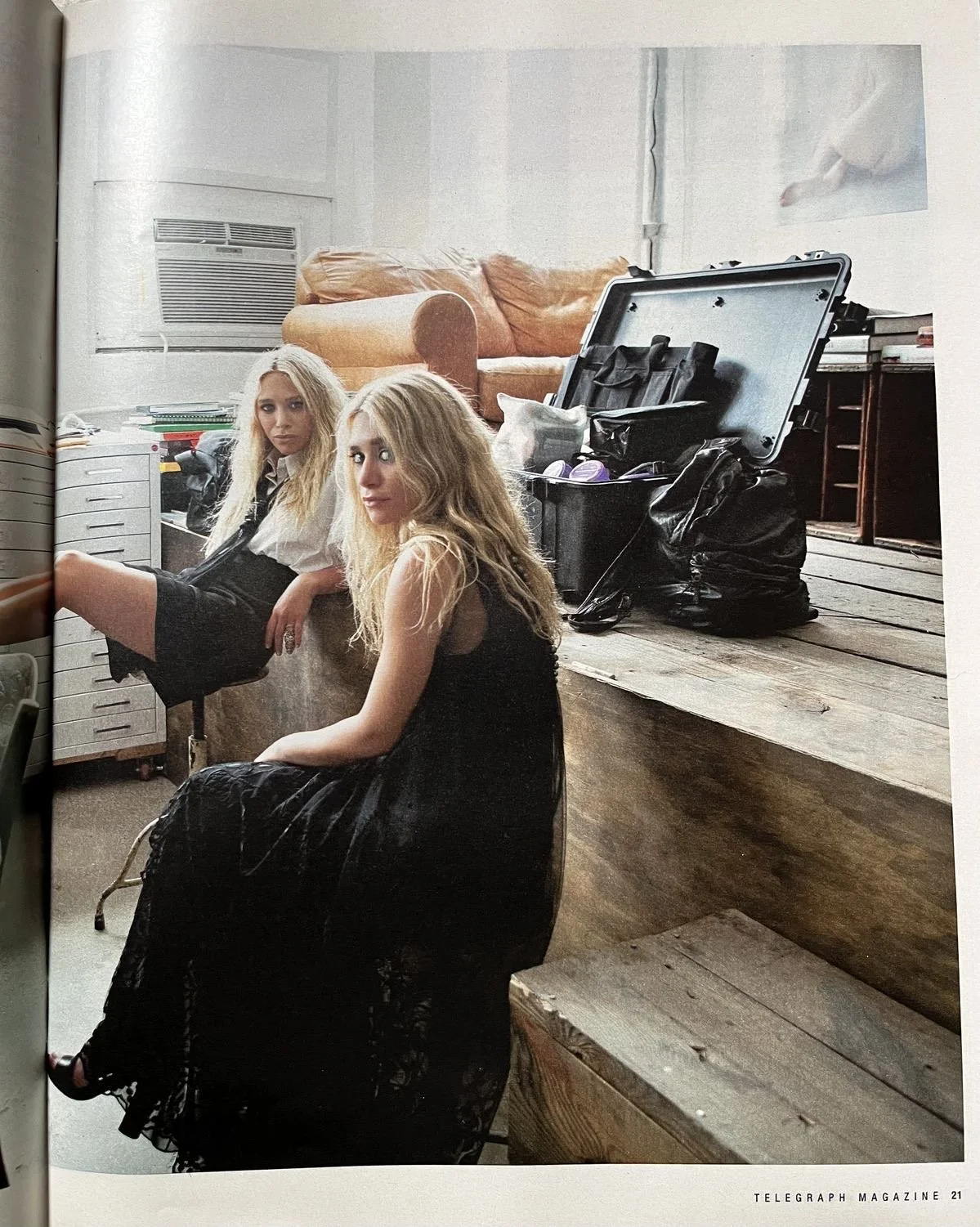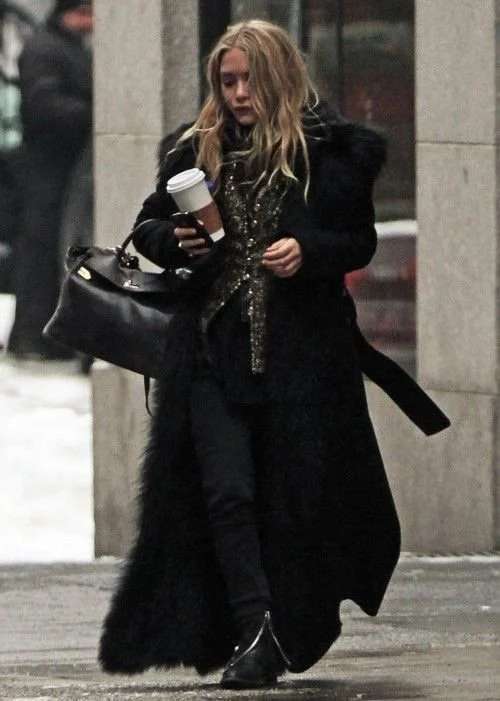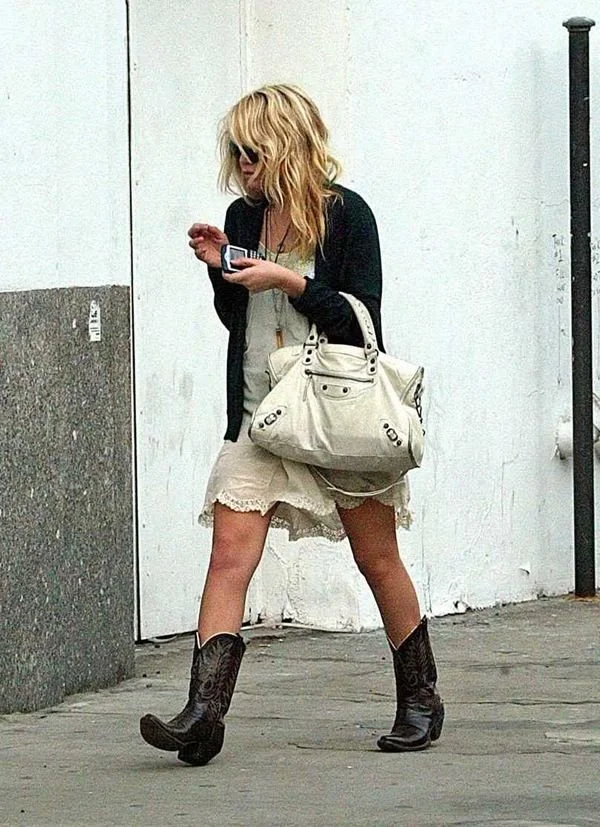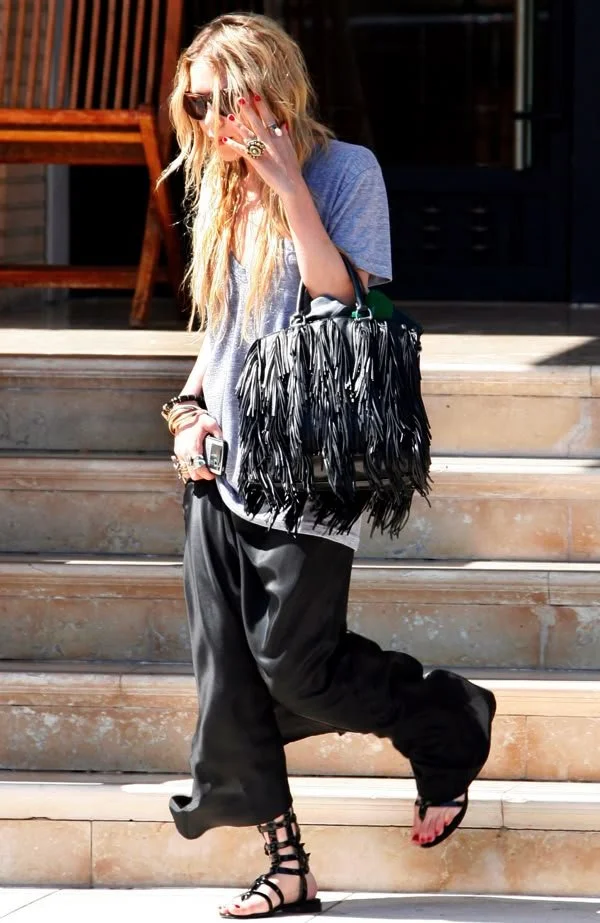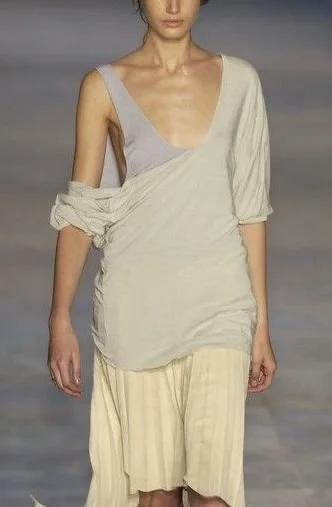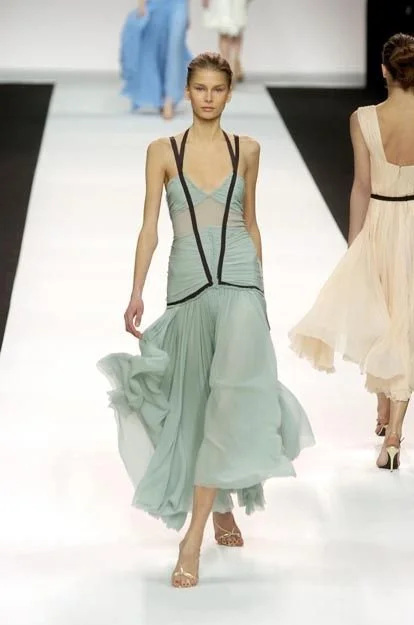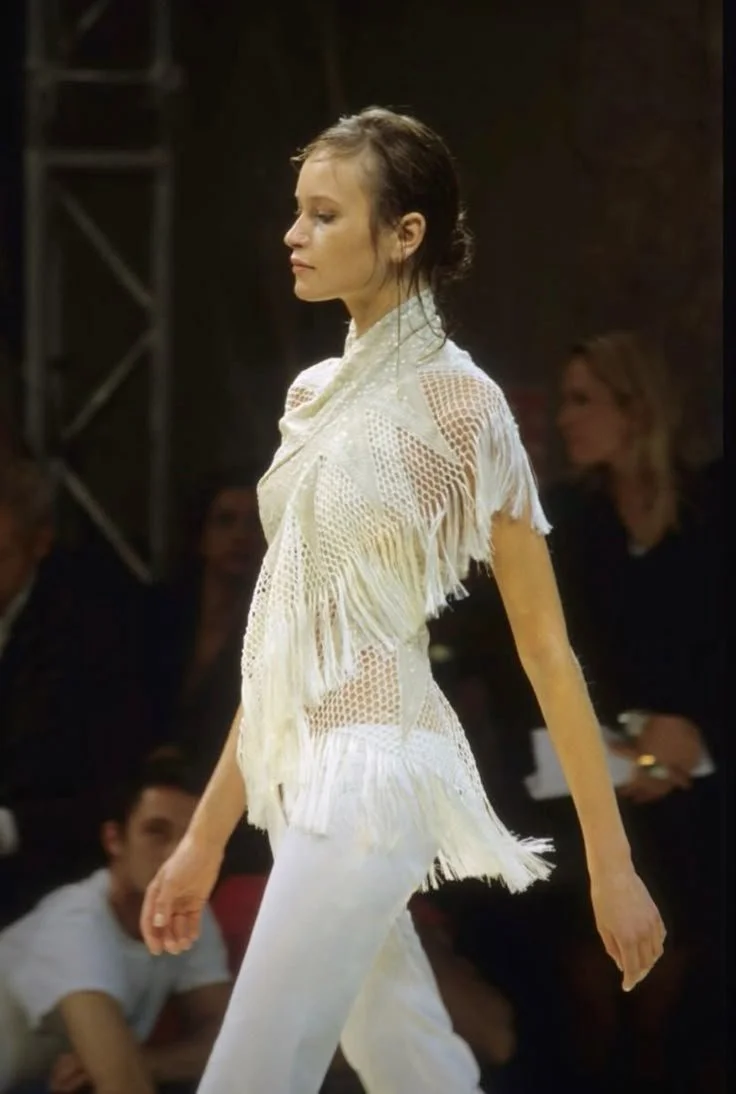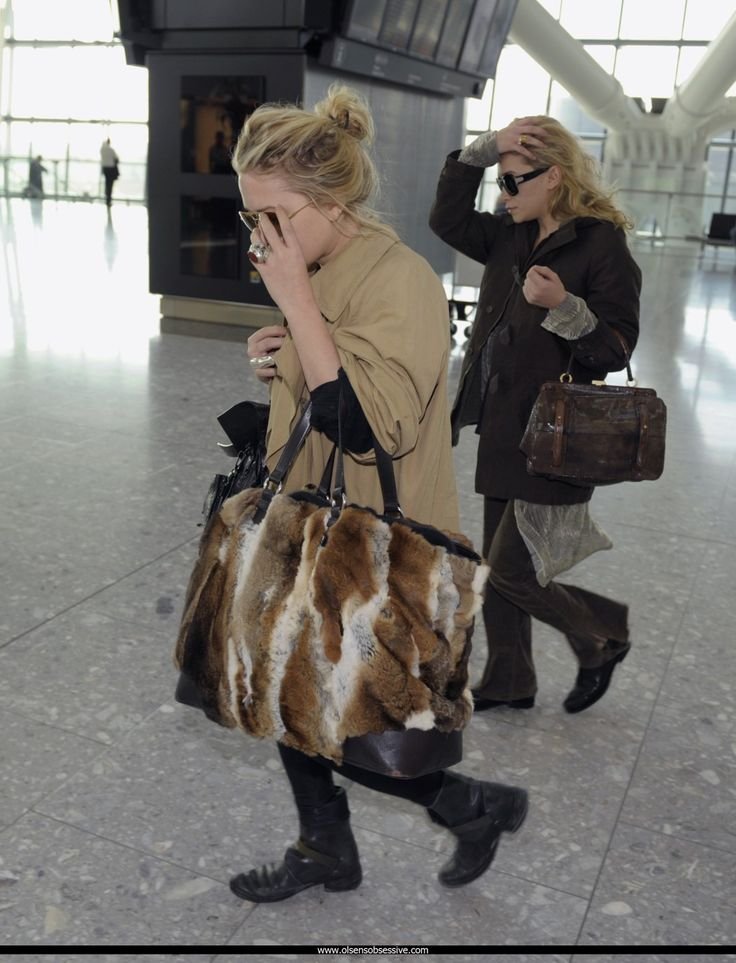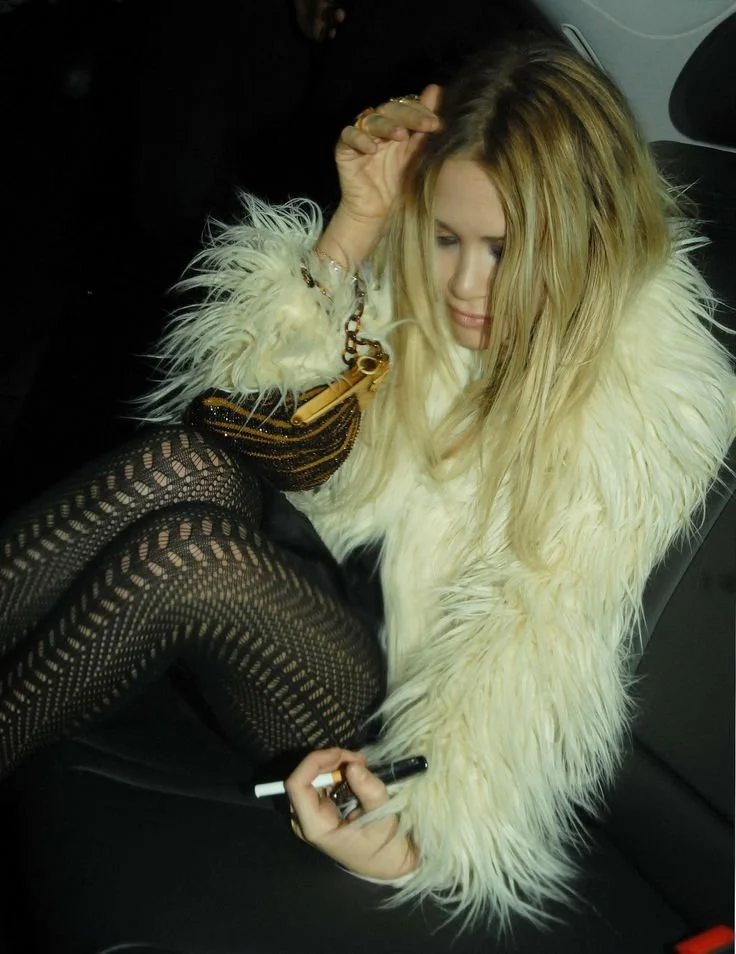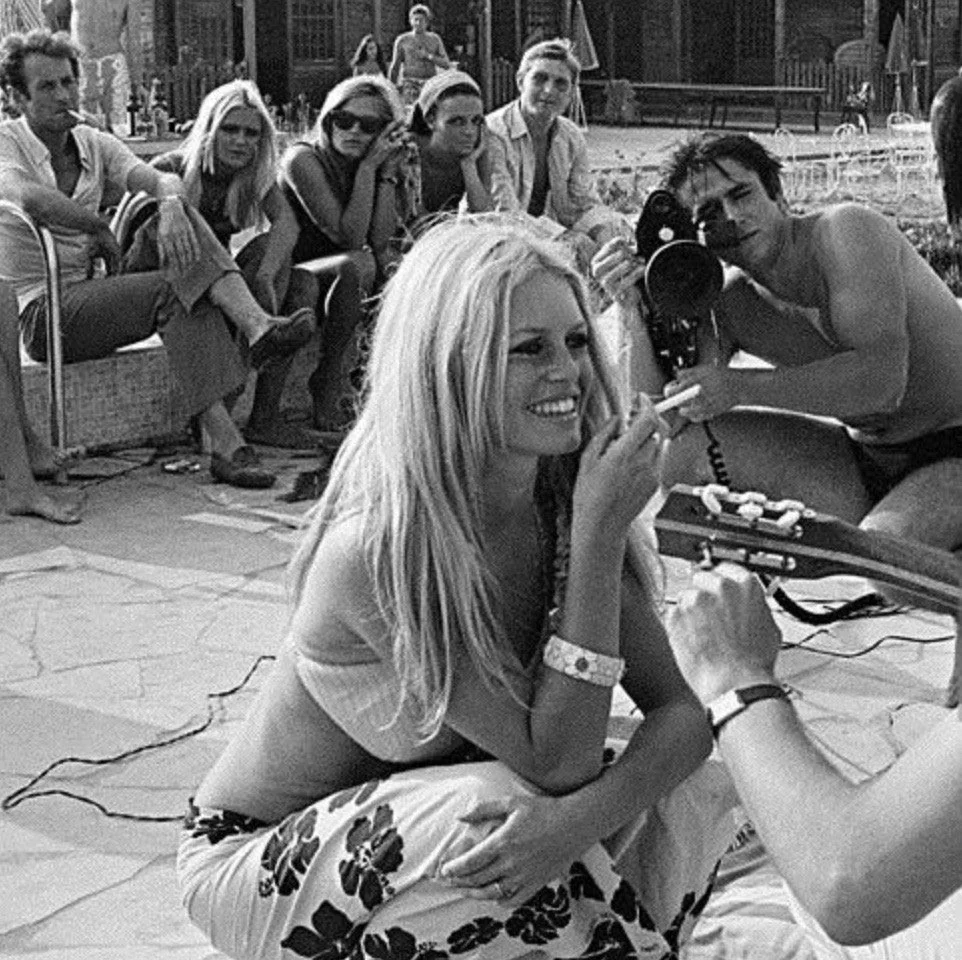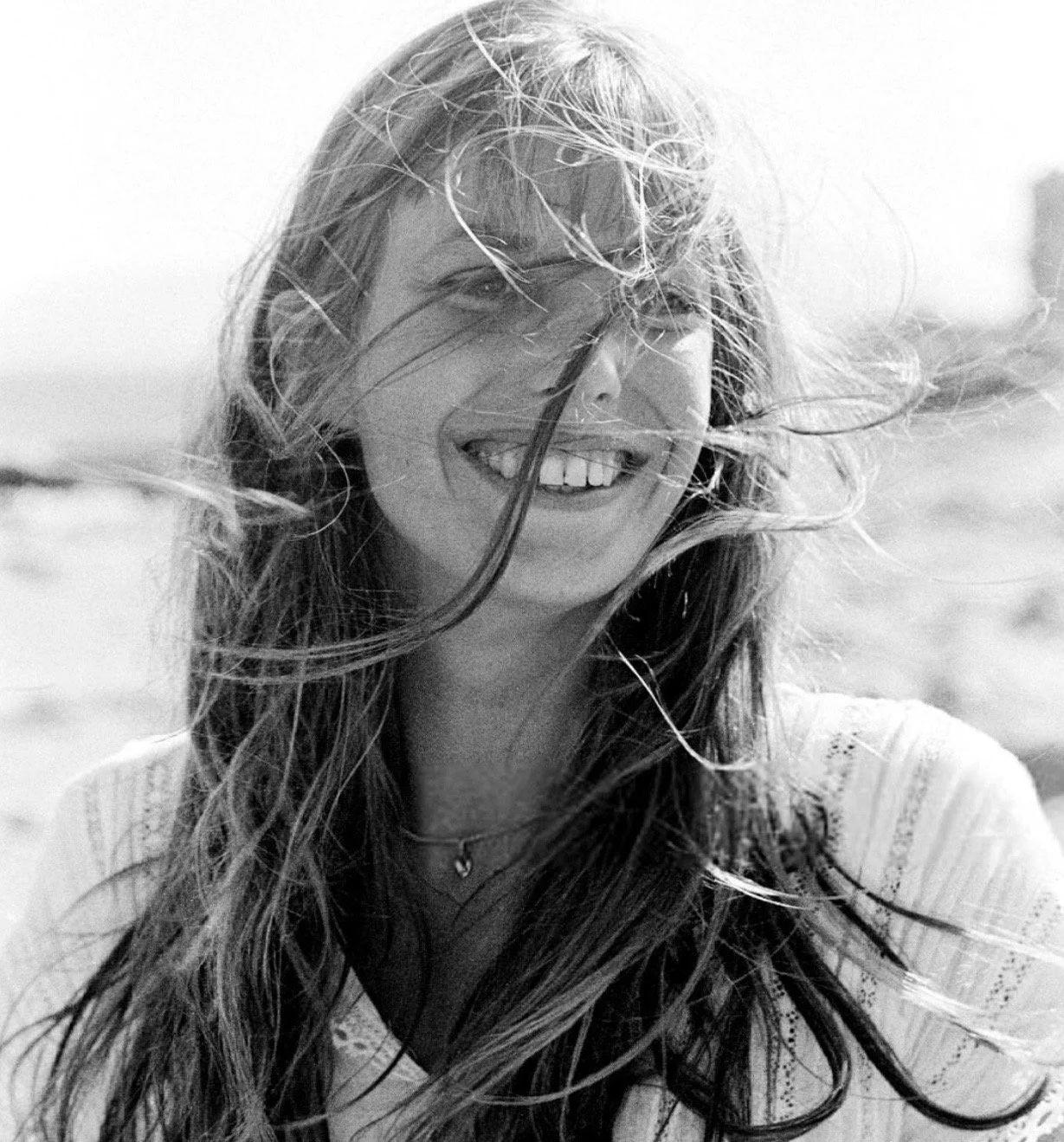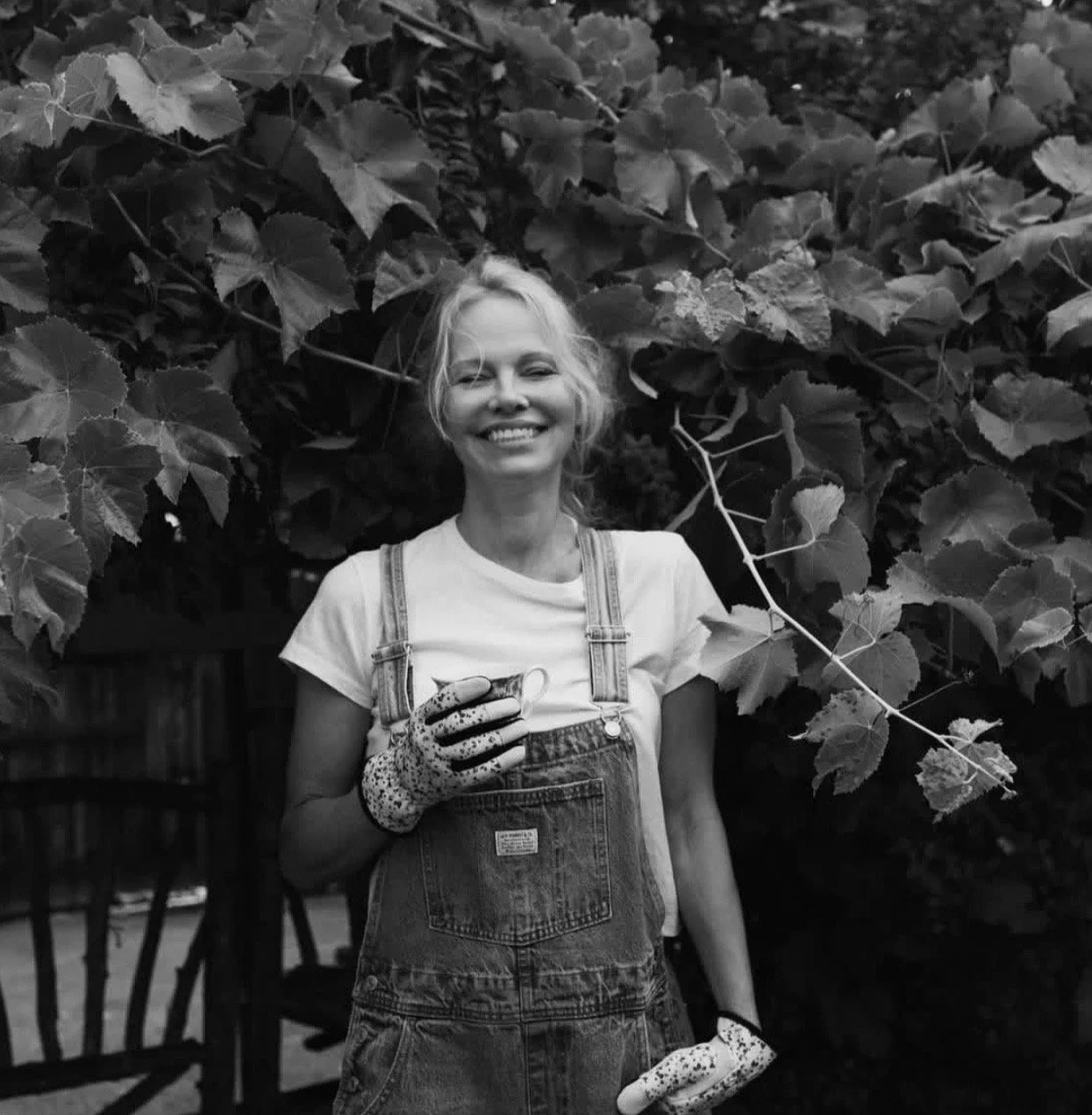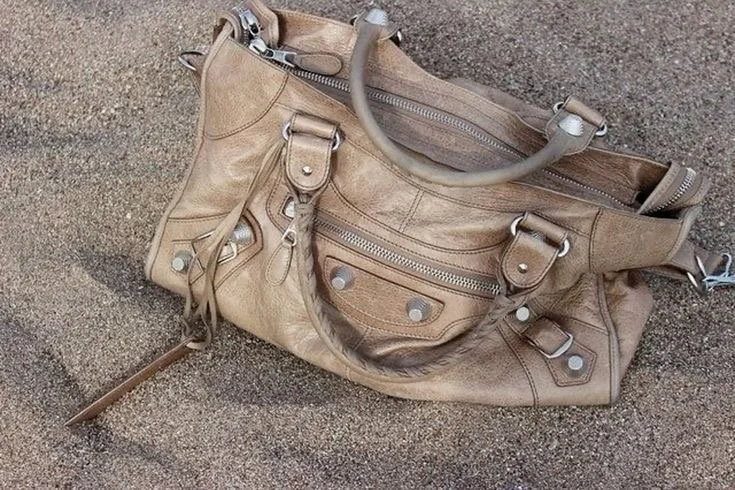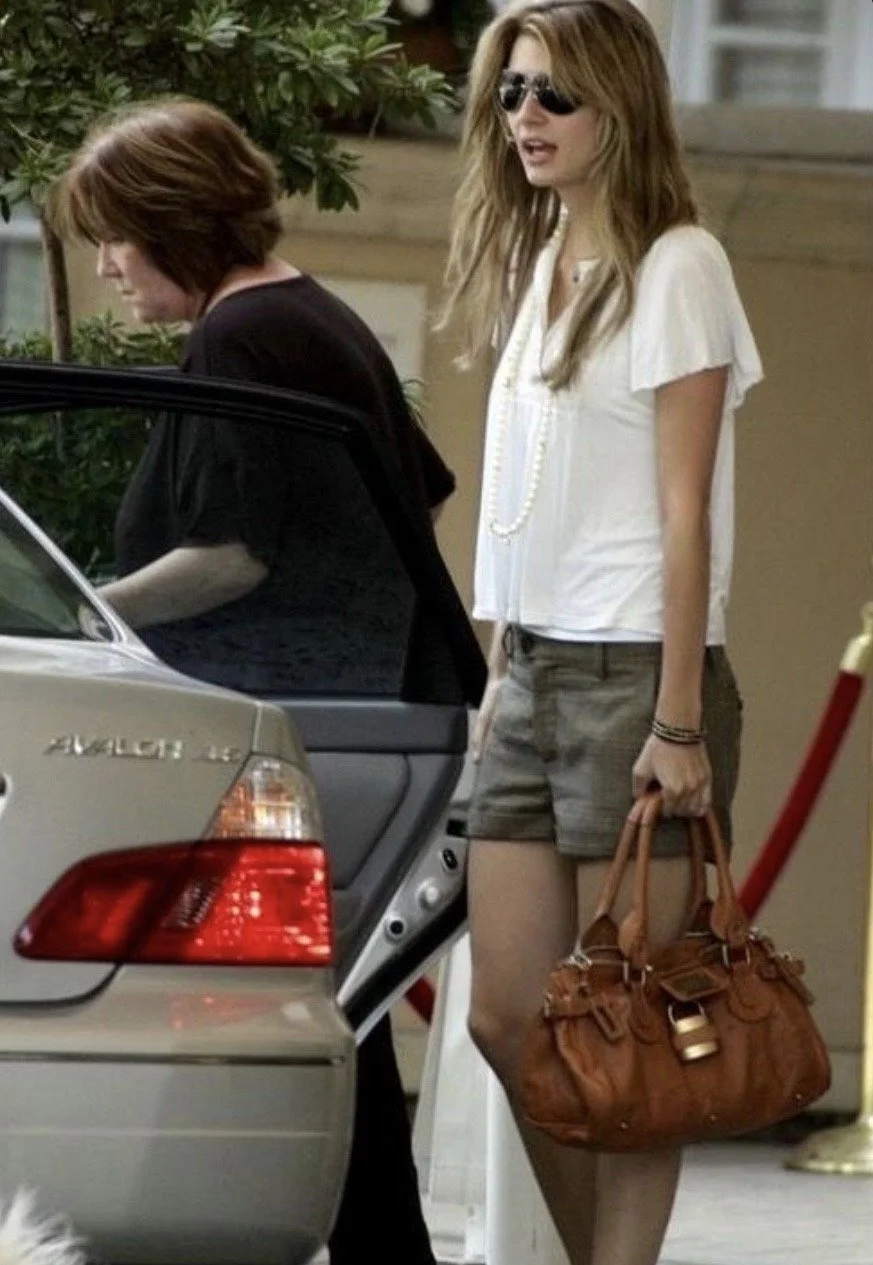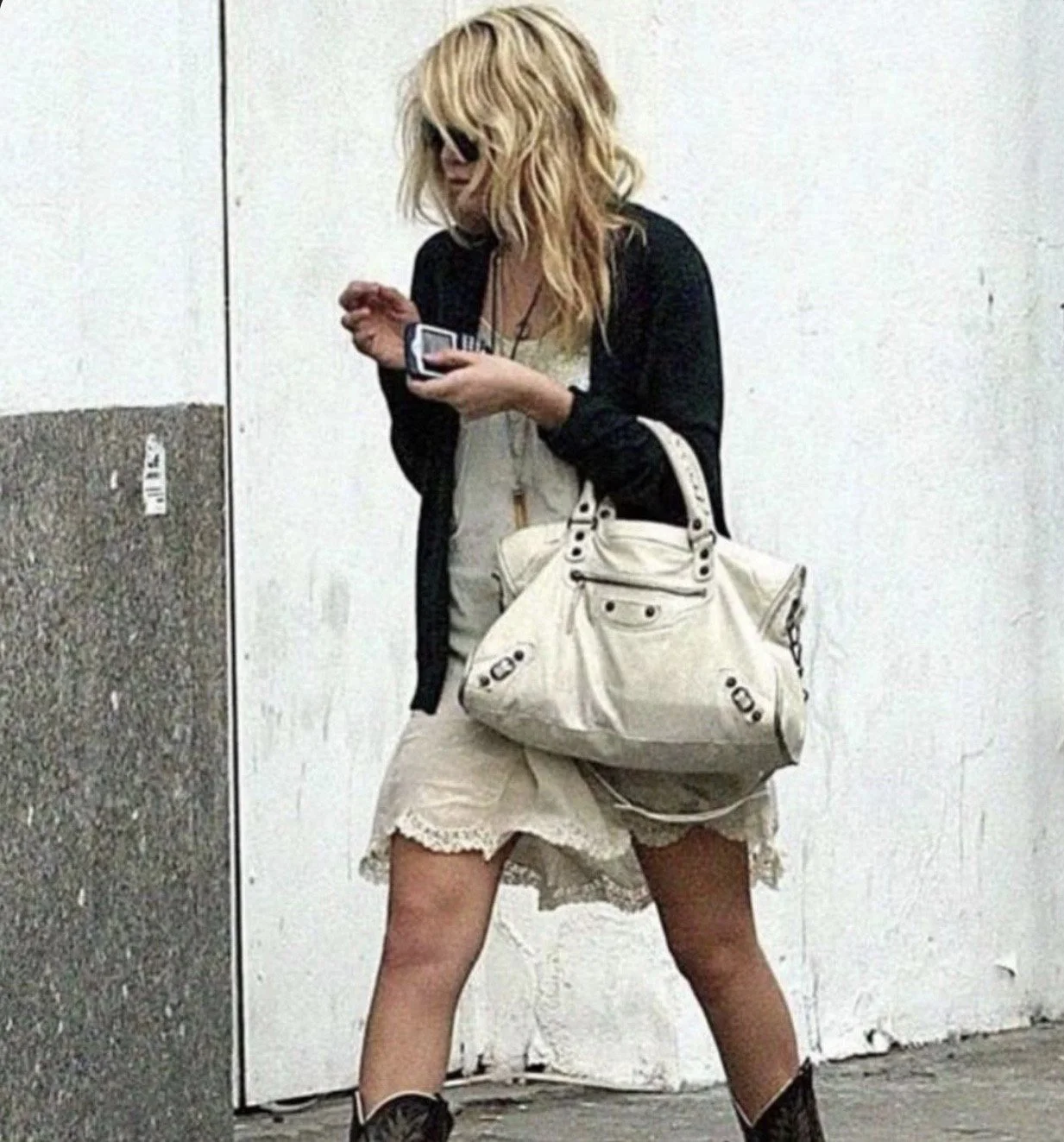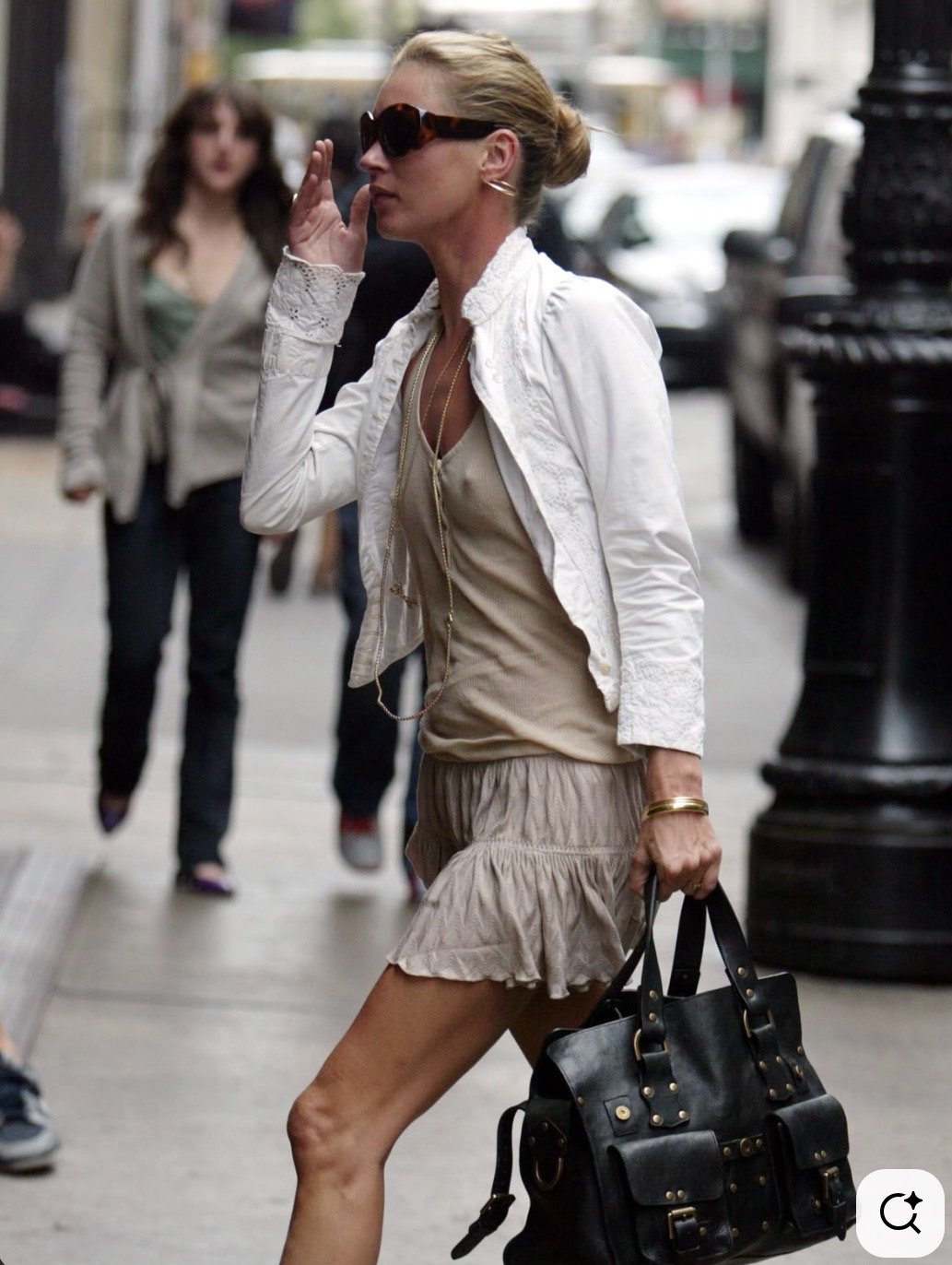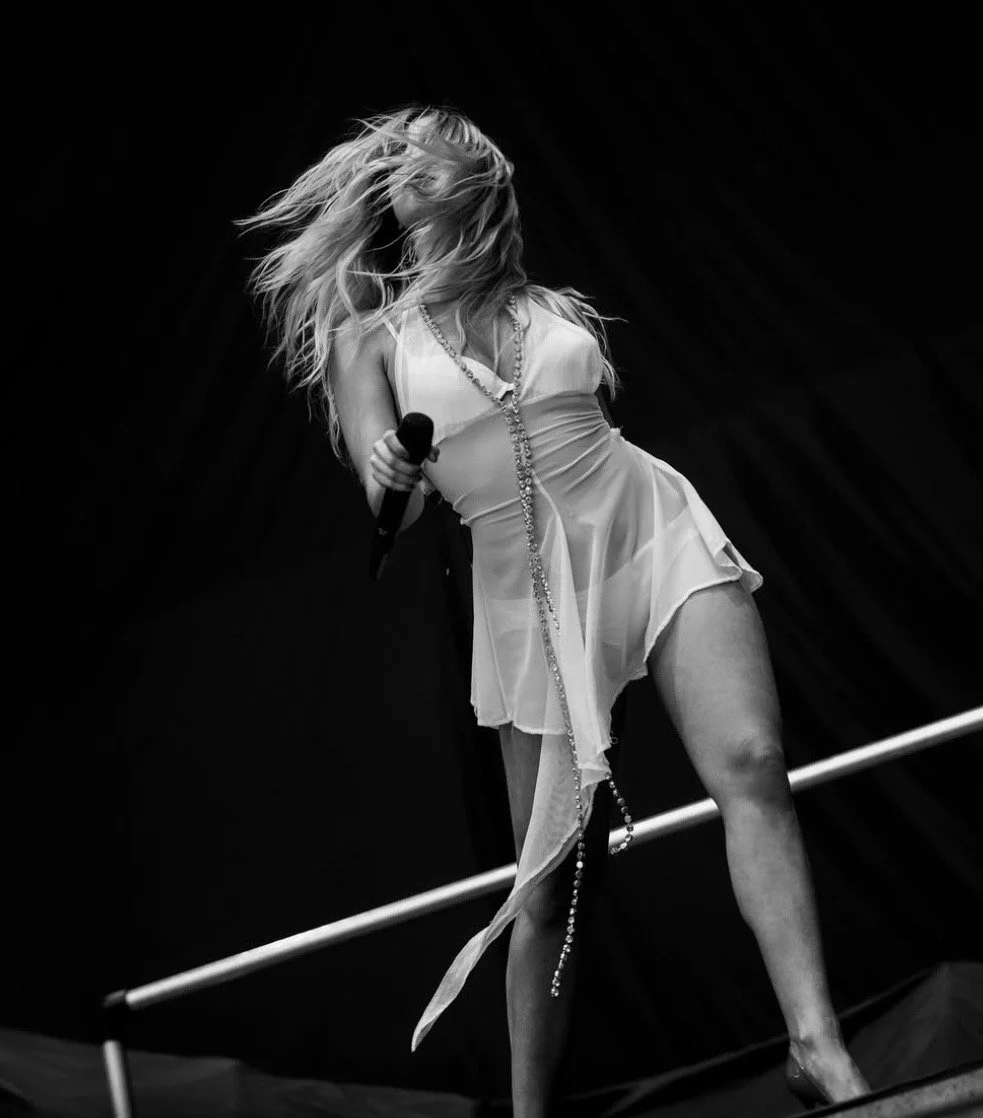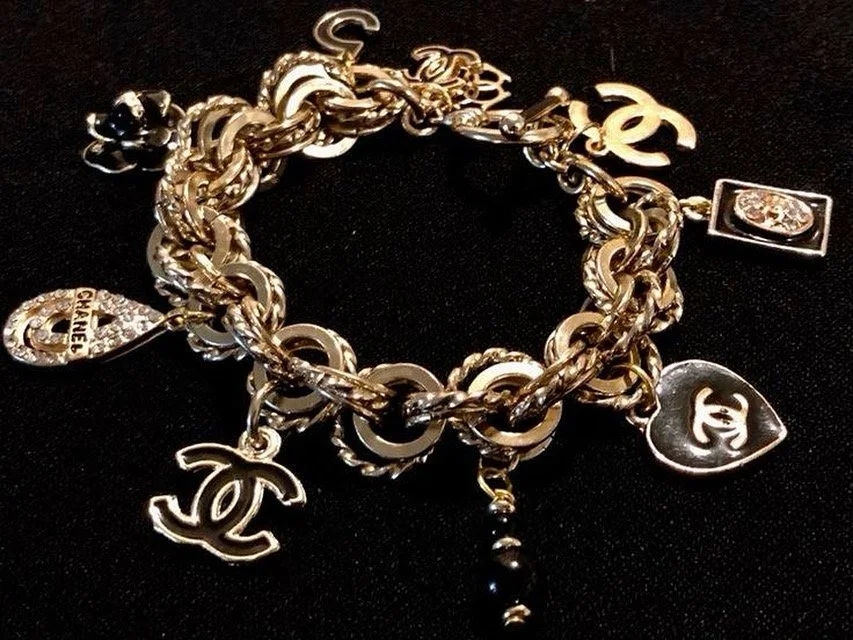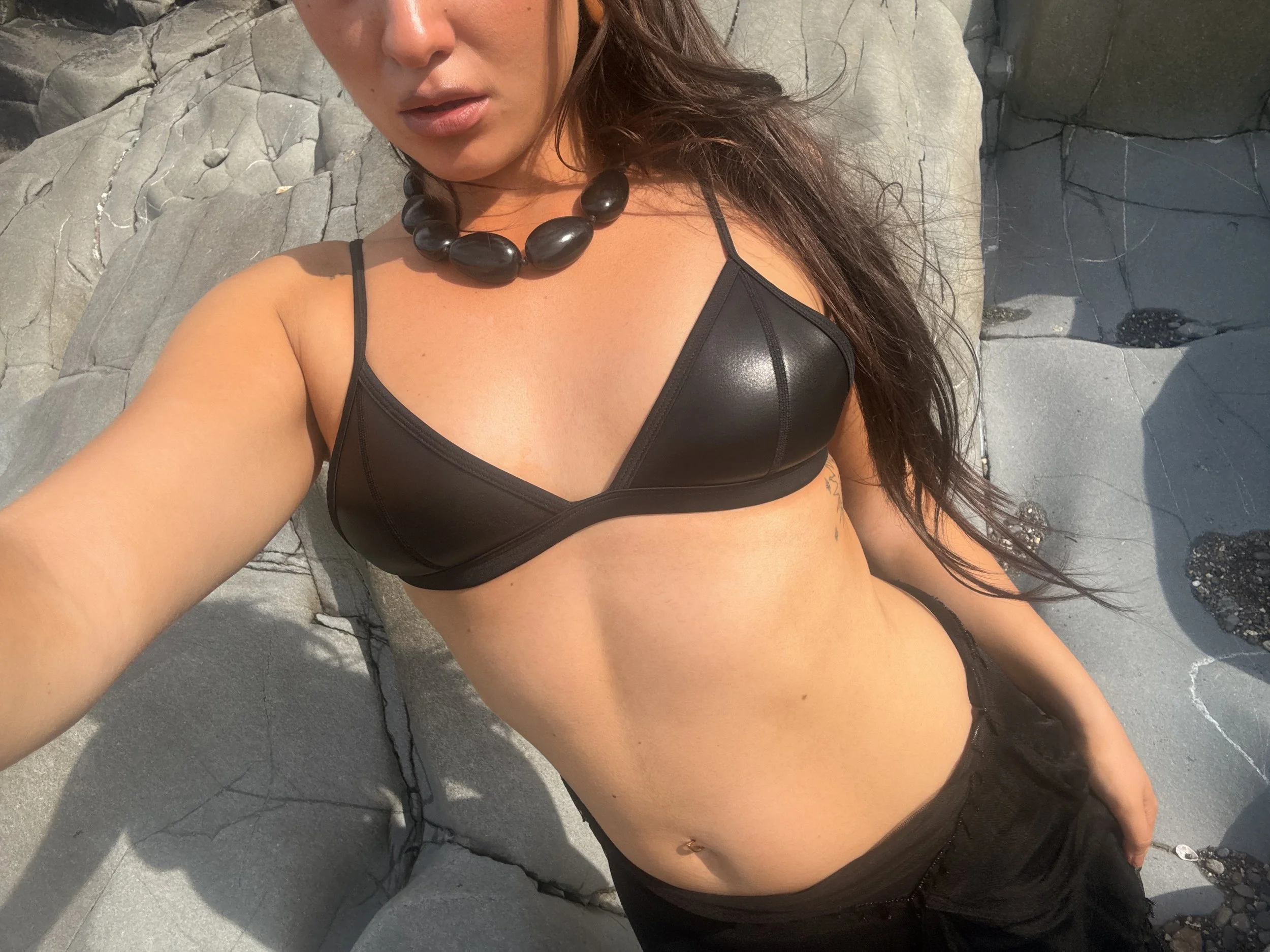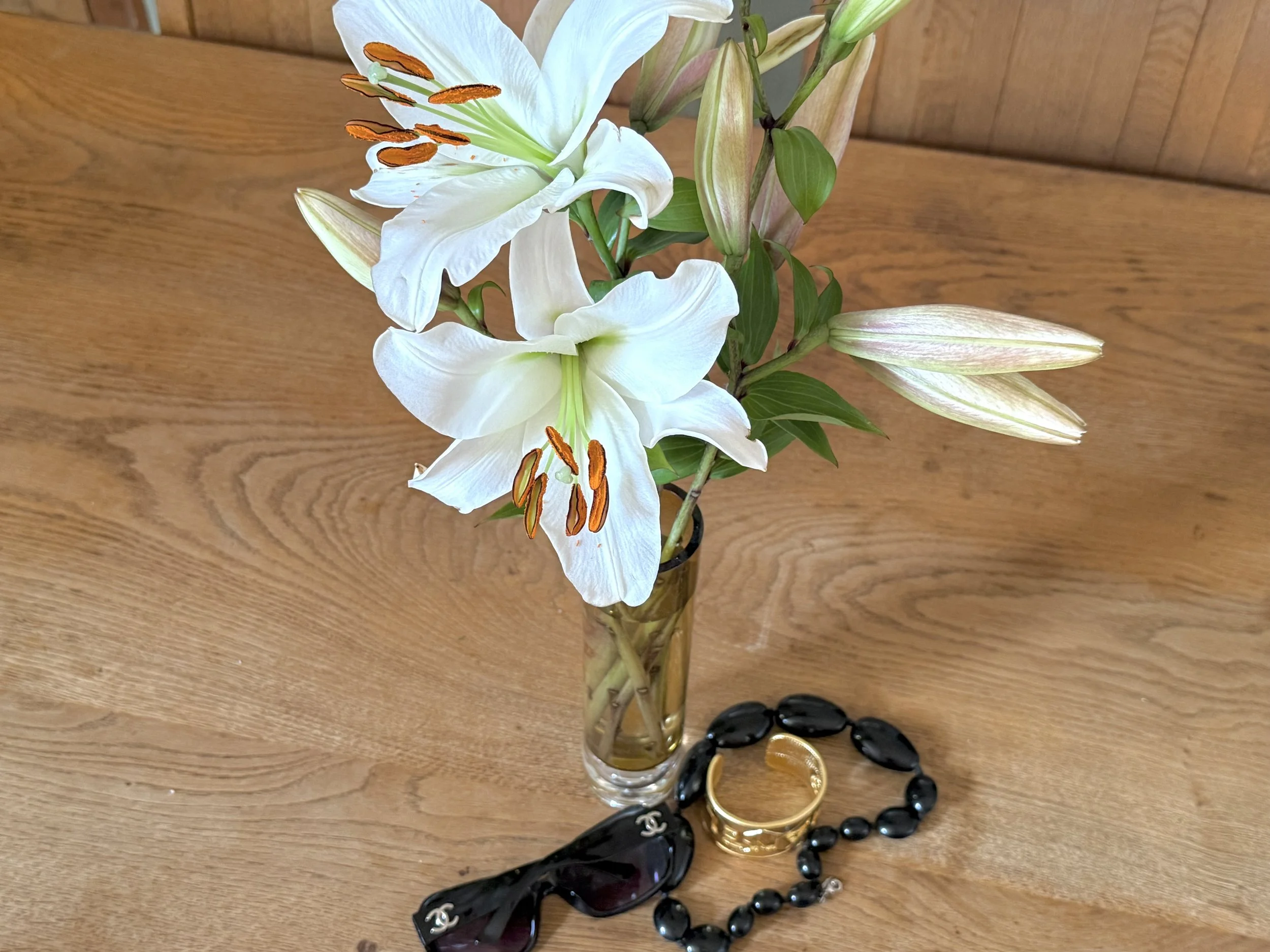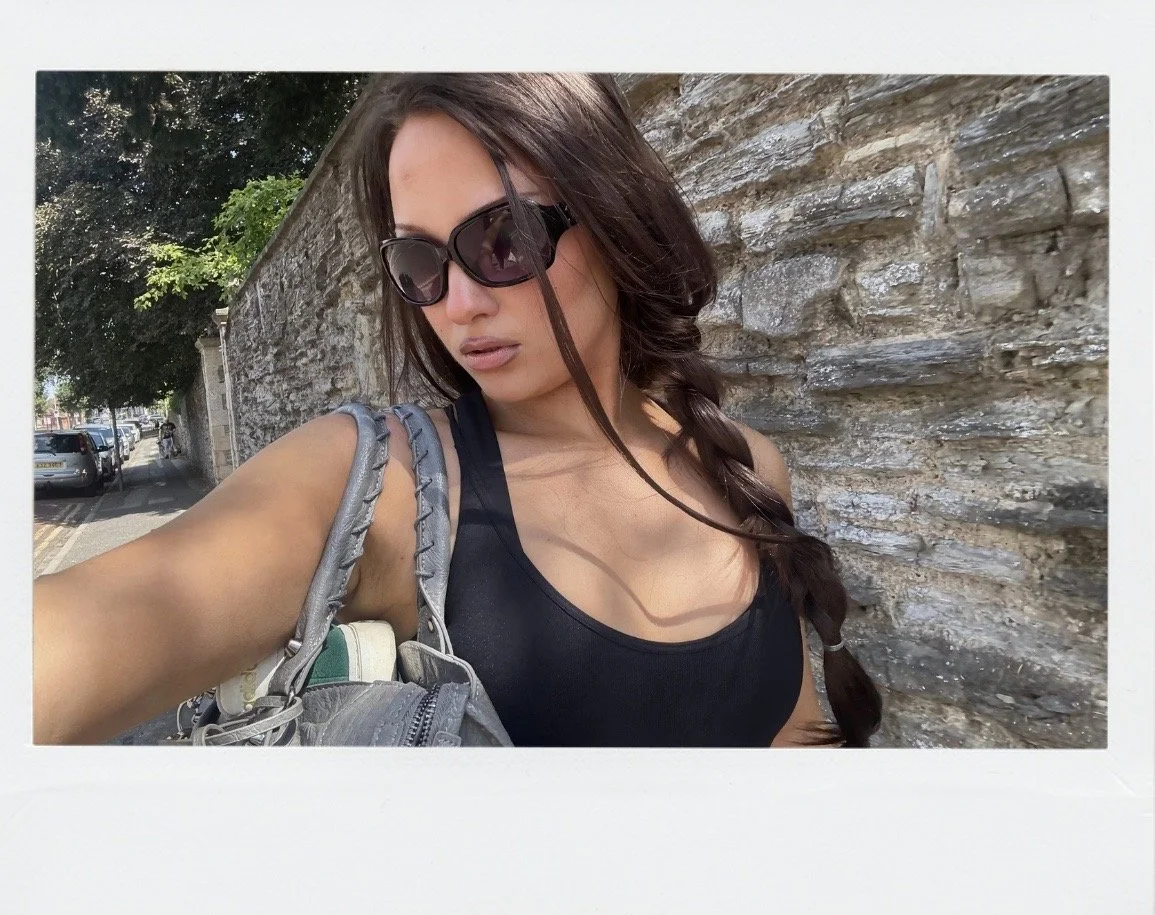Rooms We Made Safe:
There are exhibitions you look at, and then there are exhibitions you enter. Michella Bredahl’s Rooms We Made Safe, currently on view at Huis Marseille, is unmistakably the latter.
On Sisterhood, Solace, and the Radical Intimacy of Michella Bredahl at Huis Marseille
There are exhibitions you look at, and then there are exhibitions you enter. Michella Bredahl’s Rooms We Made Safe, currently on view at Huis Marseille, is unmistakably the latter. It’s a study of sisterhood, womanhood, and the domestic setting, unfolding like a memoir you can walk through.
I visited with my oldest sister, a choice that felt instinctive. Bredahl’s work pulses with the idea of sisterhood: the fierce, unspoken support, the shared memory, the knowing. Together, we stepped into Bredahl’s rooms, those that feel lived, ruptured, reclaimed, and suddenly we were not just spectators, but participants in the emotional circuitry of the exhibition.
The Perfect Setting: Huis Marseille as a Spatial Echo of the Work
Huis Marseille’s layout, a chain of adjoining, domestic-scale rooms, reinforces Bredahl’s central themes. The architecture encourages a kind of quiet immersion: you enter each space almost as though entering a bedroom or a living room, not a gallery. This intimate spatial rhythm mirrors the environments Bredahl photographs: rooms that function as sanctuaries, hiding places, and emotional archives.
The museum’s structure also underscores the fragmented continuity of Bredahl’s narrative. Each room feels self-contained, yet part of a larger story, much like the domestic spaces that shape women’s lives across time.
Bedrooms as Solace, and as ‘Painful Refuge’
One of the most resonant threads throughout the exhibition is the bedroom: an intimate world of soft chaos, rumpled bedding, strewn clothes, half-light. In Bredahl’s universe, the bedroom is not merely a backdrop but also a psychic landscape.
It is where women retreat to survive.
It is where they unravel.
It is where they make sense of themselves.
This duality of solace and confinement echoes sharply with Virginia Woolf’s assertion that women need "a room of one’s own." Woolf imagined a room as a haven: a sanctuary of autonomy, a quiet site for creation. But she also understood that rooms could be prisons, shaped by social, financial, or emotional constraint. Bredahl’s bedrooms carry that same contradiction.
They are havens, places where women can finally exhale, embody femininity as energy and not performance, where softness is allowed, where they can sit in their own truth; while also they are painful refuges, small and temporary spaces where women hide from instability, addiction, poverty, or the unpredictable volatility of their environment.
Her images reveal how the bedroom is often the only space women can call their own, even when that ownership is tenuous. Yet within those four walls, they build identity, intimacy, and resilience. The bedrooms become self-authored zones in which survival and selfhood coexist.
Standing beside my sister in those rooms, I felt a familiar ache with the memory of the bedrooms we grew up in, the arguments whispered through thin walls, the comforts we built for ourselves when the world outside felt unknowable. A room can save you and break you at the same time and Bredahl understands that intimately.
Sisterhood as Shared Witnessing
Bredahl’s archive incorporates images of her own family, particularly the dynamic between her mother, herself, and her sister. Moving through the show with my sister underscored how the exhibition foregrounds women supporting, documenting, and stabilising one another within domestic contexts.
Sisterhood appears here not as sentimentality but as a structural support system, a way of enduring environments that are often unpredictable. The exhibition positions sisters (biological or chosen) as co-authors of each other’s histories
My sister and I don’t often get long afternoons together anymore, but in Bredahl’s exhibition we fell into a quiet, shared rhythm. We lingered before the photographs of girlhood: siblings brushing hair, a sister perched on a bed in a too-small room, the overlap of limbs and laughter and tension.
Bredahl’s work made us remember our old rooms: the sanctuaries we decorated, the secrets shared under duvets, the nights we turned to each other for quiet safety. It reminded us that sisterhood is its own kind of room: a structure you carry, a shelter built from years of seeing and being seen.
Women as Active Subjects, The Antithesis of the Male Gaze
One of the subtler but most radical triumphs of Rooms We Made Safe lies in how it rejects the visual traditions that have long dominated portrayals of women. Crucially, Bredahl’s photographs stand against the conventions of the male gaze. Her subjects are not passive objects of observation; they are active participants. The women in these rooms are photographed with a collaborative agency as their expressions, their postures, and their environments contribute to an honest record of their lives.
Instead of presenting women as symbols or aestheticised figures, Bredahl positions them as archivists of their own existence. Their rooms become evidence of lived realities rather than backdrops for fantasy. This shift is central: the domestic interior is not a stage set but a context that shapes and reflects identity. Bredahl’s photographs are the direct antithesis of the male gaze. Her subjects are not positioned to be admired, consumed, or mythologised. They are not performing femininity. They are not flattened into symbols or fantasies.
Instead, they look back.
They collaborate.
They co-create the image.
Every woman in these photographs is an active participant in her own representation. Her posture, her clutter, her gaze, her room with all of these features becoming contributions to her own history. The photographs do not strip them of privacy; they illuminate their agency.
This is Woolf’s vision reframed for a contemporary lens: women documenting the interior worlds that have so often been dismissed, diminished, or hidden. Rooms become evidence. Portraits become testimony. Women become narrators of their own stories.
Lotta Volkova’s Styling: Clothes as Emotional Armour and Revelation
Clothing in Bredahl’s photographs plays an unexpectedly potent role, especially with the additions shaped by stylist Lotta Volkova. Volkova’s signature approach such as: underwear layered as outerwear, slip dresses paired with athletic pieces, lingerie exposed rather than concealed, mirroring the emotional openness of the images.
Her styling amplifies three crucial dynamics:
Turning vulnerability into authorship.
When underwear becomes outerwear, it reconfigures privacy. What is usually hidden becomes chosen visibility and not eroticised, but empowered. This only emphasises the collapse between public and private spaces in Bredahl’s work.
Resisting pettification.
Volkova’s aesthetic is fun, expansive, multifaceted. It fits the honesty of Bredahl’s imagery: nothing curated for the male viewer, everything arranged in service of femininity as an energy and resisting the glamorisation or traditional notions.
It speaks to contemporary womanhood - complex, layered, unguarded.
This is the wardrobe of women at home: half-dressed, mid-transition, comfortable in their own skin. It deepens the sense that the room is not a stage, but an extension of their inner life. Volkova’s touch doesn’t decorate the photograph but intensifies their emotional fidelity, reinforcing the sense of women existing on their own terms within domestic settings.
Motherhood, Addiction, and the Expanded Archive
One of the most impactful sections is the inclusion of Bredahl’s mother, both as subject and image-maker. Her photographs, shown alongside accounts of her struggles with addiction, introduce a generational dimension to the exhibition. They contextualise Bredahl’s own childhood images within a broader cycle of instability, creativity, and resilience.
This addition prevents the exhibition from becoming purely autobiographical; it situates the private within the socio-political. It shows how addiction, class, motherhood, and domestic precarity intersect - and how photography becomes a means of documenting and understanding those intersections.
Why Bredahl’s Exhibition Matters
Bredahl’s exhibition provides an important counterpoint to mainstream portrayals of women in domestic spaces. It shows the home as a site of both vulnerability and self-definition, and foregrounds the autonomy of women within their own visual narratives.
By combining personal archive, collaboration, and a critical lens on domesticity, Bredahl challenges assumptions about who gets to make images, who gets to be represented truthfully, and how women’s lives are recorded historically.
Visiting the exhibition with my oldest sister made these questions feel especially present. It highlighted how domestic spaces and shared memories continue to shape us, and how photography can reframe these spaces not as passive backdrops, but as active parts of women’s stories.
Rooms We Made Safe succeeds because it uses domestic space not as an aesthetic comfort zone but as a critical lens. It interrogates how women inhabit rooms, how they are shaped by them, and how these spaces become repositories of memory, trauma, and identity.
Seen within the intimate architecture of Huis Marseille and in my case, alongside my own sister, the exhibition underscores how deeply rooms and relationships inform one another.
It is a thoughtful, precise, and necessary exploration of what it means for women to be seen authentically, on their own terms, in the rooms that have shaped their lives.
Behind Closed Doors
Intimacy and Openness, Theatre and Tactility, Exclusivity and Connection in London’s Showrooms.
Intimacy and Openness, Theatre and Tactility, Exclusivity and Connection in London’s Showrooms.
A selection of shoes as displayed in Baraboux.
After the first breakup of my twenties, asking my fashion-cousin and good friend Jodi to spend a day exploring the varying showrooms of London was an inevitable symptom and cure to such ‘heartbreak’ and certain disorientation.
I found myself craving an escape, a space where the noise of life could quiet, and my imagination could roam freely again. A necessary re-inspiration. For me, this has always been found in a beautifully curated showroom. There’s something almost therapeutic about immersing myself in rows of handpicked and lovingly sought-after garments, in textures and silhouettes that feel like worlds unto themselves. In times of crisis, I often turn to shopping. And not just mindless scrolling online, but the tactile, immersive act of exploring, feeling, and discovering pieces that spark new ideas. Perhaps not a traditional fight or flight response but I never said I wasn’t indulgent...
Showrooms have long been my refuge, a place to reignite inspiration when the world outside feels particularly grey or unfeeling. And I know I’m not the only one.
In recent years, showrooms have moved from niche industry spaces into cultural touch points where commerce, storytelling, and community overlap. No longer just backroom destinations for buyers, they’ve evolved into curated environments that invite customers to slow down, connect with the garments, and experience brands in a way that really helps you recognise fashion as an art form. I like to think of them akin to a gallery.
A study by LS:N Global revealed that #archivefashion hashtags on platforms like TikTok saw a staggering 36 million views even in July 2023, with 91% of viewers aged 18-24. And since then, it’s safe to say this cultural fixation has even grown with showrooms popping up here, there, everywhere. But what’s driving this renewed interest in the physical showroom in an age of hyper-fast e-commerce? Is it the tactility of touching a garment that a screen can’t replicate, the thrill of discovering archive pieces up close, or the theatre of spaces designed to inspire?
My own wander through London’s Adhominem, 100percerti, and Baraboux showrooms sought to answer exactly that - through fine knits, hair-covered pillars, an abundance of incredible fashion pulls, and unexpected doors left ajar.
Adhominem: Archived Futurism in the Heart of London’s Vintage Scene
There are vintage stores, and then there are vintage experiences - and Adhominem firmly belongs to the latter. Adhominem is ‘an ode to the pleasure of playing with shapes and layers through clothing’. Curated pieces are re-imagined: items shed their original context and are reborn with a contemporary aesthetic evoking a sense of vintage futurism as much as today’s Paris and Tokyo street style, so says Adhominem’s website.
My top picks indeed felt like keepsakes from Adhominem’s alternate timeline: a Cora Kemperman convertible jumpsuit that draped like soft origami and could be refashioned into drop-waist harem pants; the most buttery, delicate knit-and-mesh overlays from Cop Copine and Sarah Pacini, whisper-light yet sculptural; and a gleaming hardware-heavy Chloé bag from Phoebe Philo’s era, the kind of piece that feels both armour and ornament, ready to turn an outfit into a statement.
What makes Adhominem truly special, beyond the edit, is the tactility of the showroom experience. Feeling the silk slide through your fingers, weighing a knit in your hands, or exploring the contours of a bag up close reveals textures, weight, and craftsmanship that no photograph or screen can convey. It’s a space that invites touch, encourages curiosity, and makes discovery a physical and intriguing experience.
The showroom itself is an exercise in restraint with polished wooden floors, racks arranged for conversation rather than competition. You’re not just shopping; you’re engaging in a dialogue with design history. Adhominem’s romanticism comes through in the textures: silk that falls like water, soft knits that drape effortlessly, leather with a patina that tells its own story. Its futurism is in the silhouettes; architectural, transformative pieces that refuse to stay anchored in the decade they were born.
Each piece I gravitated toward felt like it carried a quiet story - garments as time travellers, crossing seasons and eras, waiting for the right wearer to carry them forward. In that way, Adoheimen doesn’t just sell vintage; it curates possibility.
It’s rare to find a vintage showroom that feels this cohesive. At Adhominem, every piece contributes to a narrative of beauty that’s timeless, experimental, and entirely unafraid.
100 PerCerti: An accidental stumbling into a Prada and Miu Miu treasure trove
If Adhominem felt like stepping into a curated dialogue between past and present, 100percerti was more like being gently ushered into someone else’s private reverie. Some discoveries feel fated. On our way to Baraboux, we ducked into a discreet doorway with no sign, no hint of what lay inside and suddenly we were in a walk-in wardrobe of dreams for any Prada or Miu Miu devotee.
The racks were quietly miraculous: silk slip dresses that shimmered under the soft lighting, sharply tailored coats that could transform any outfit into a statement, clever knits from Miu Miu, and shoes and bags spanning decades of Prada’s imagination. Among my top picks were a nude ruffle skirt from Miu Miu, a trio of Prada fur boots, and a matching Prada coat-and-skirt set in khaki green mesh with eyelet detailing - a piece so intimate and fragile it is carefully considered as a sacred part of the owner’s personal archive. It was intimate, unpretentious, and deeply personal... more like being invited to discover a friend’s collection or hobby, than browsing a public showroom. Here, exclusivity didn’t feel like a barrier; it felt like trust.
The space encouraged you to slow down, to touch, explore, and linger. You could run your hands along the hangers, discover something astonishing tucked between pieces, and feel genuinely present in the collection. There’s a peculiar joy in that unhurried attention. Unlike the curated theatricality of some showrooms, 100percerti had the warmth of familiarity: it was quiet but never cold, private but never intimidating. Every piece felt like it had a story, every corner invited curiosity, and every rack seemed to whisper that the best treasures aren’t shouted about - they are quietly waiting for someone who notices.
What made the experience remarkable wasn’t just the brands or the rarity of the garments; it was the feeling of being allowed in, of being trusted with these pieces, of having time to immerse yourself without pressure. 100percerti reminded me that the allure of showrooms isn’t in their exclusivity, but in the intimacy they cultivate, the chance to connect with the clothes in a way that’s unhurried, tactile, and profoundly human.
This unplanned stop became one of the day’s most memorable moments, proof that in London, the best vintage finds often wait quietly, tucked behind discreet doors, ready to be stumbled upon.
Baraboux: Where Archive Fashion Meets Theatrical Surrealism
If Adhominem whispers and 100percerti invites you in, Baraboux roars. The moment you step inside, you’re confronted by a sight so wonderfully absurd it borders on installation art: a towering showroom pillar covered floor to ceiling in brown synthetic hair. Part surreal sculpture, part statement piece, it instantly sets the tone - here, fashion isn’t just displayed; it performs.
The space unfolds in layers, each corner revealing a new act from fashion’s most decadent decades. Draped curtains frame sections like stage sets, while the shoes alone could fill a museum cabinet: Helmut Lang wedges sculpted for a dystopian runway, sleek Prada boots with just the right patina, and heels that seem to exist purely for the sake of drama. Baraboux doesn’t just sell clothing but is home to known legends. Every hanger feels like an archival reveal: Christian Dior leather trousers that feel impossibly current, a Jean Paul Gaultier tribal-pattern dress radiating late-90s energy, and pieces that make you stop mid-step just to take in their details.
Adding to the magic is the team of three (or was it four?) girls tucked behind a central desk, heads bent over laptops, whispering as they sourced and discussed new finds. Their quiet focus feels like part of the showroom’s choreography, acting as a subtle reminder that each piece has been hunted, curated, and chosen with intention. Watching them work gave a sense of the hidden networks and careful attention that make a showroom like Baraboux feel so alive.
The changing room is another spectacle entirely. Designed as a small art installation, it is a shrine to discovery: mirrors, textures, and soft light transform every garment try-on into a private performance. And yet, the queue is endless with a small gaggle of customers clutching treasured finds at any one time, waiting patiently upon a mound of cushions, sheepskins and vintage magazines as the space becomes a communal experience. Here, fashion feels sacred and shared at once, a tactile, slow-motion contrast to scrolling through an online store.
Unlike the gentle trust of 100percerti or the refined futurism of Adhominem, Baraboux thrives on theatricality and immersive energy. Every square metre is a love letter to the bold, the strange, and the beautiful - a space where the imagination can run free, unlike the gentle intimacy of 100percerti or the contemplative curation of Adhominem.
In Reflection…
As the day unfolded across Adhominem, Baraboux, and 100percerti, it became clear that each showroom offered a unique kind of refuge and revelation. Adhominem’s romantic futurism gently encouraged reflection and exploration, with convertible jumpsuits, buttery slip dresses, and layered knits that reminded me why the tactile experience of fashion is irreplaceable. It was a space where archive pieces are reborn with contemporary life, where textures, shapes, and layers invite slow, contemplative engagement.
100percerti, by contrast, offered intimacy and exclusivity, a private dialogue with Prada and Miu Miu treasures: nude ruffle skirts from SS99, a trio of fur boots, and a khaki-green mesh coat-and-skirt set sacred to the owner’s personal archive. Here, fashion felt personal, almost secretive, a gentle counterpoint to the theatricality of Baraboux where hair-covered pillars, surreal installations, and a team quietly sourcing treasures created a sensory playground for the audacious and the curious. The changing room alone was an act of communal reverence, a space where each customer’s discovery became part of a shared, immersive narrative.
Taken together, these showrooms illustrate why the physical space remains vital in an era dominated by digital consumption. It’s the tactility, the thrill of encountering garments in three dimensions, the dialogue between past and present, that cannot be replicated online. And on a personal level, it’s the way these spaces soothe and inspire, a kind of creative therapy that restores imagination and energy when life feels disorienting.
London’s showrooms are not just places to buy; they are stages for storytelling, archives for inspiration, and havens for curiosity.
They remind us that fashion, at its best, is both a deeply personal encounter and a communal experience. They remind us that in the quiet corners of curated spaces, amidst textures, layers, and history, one can always rediscover joy, possibility, and a sense of self.
To Dress like You’re Still Becoming
the myth of ‘finding’ your personal style and viewing style as process, not product.
the myth of ‘finding’ your personal style and viewing style as process, not product.
I have been sitting with myself lately. All of the past iterations of self that have come before; the preteen who cared more about books than anything else, the stroppy sixteen year old who was hellbent on being ‘different’, the coming of age young adult who wanted to embrace herself and her style but ended up masking the essence of her true self, flash forward me as I am now.
Twenty-four and on the brink of a change, a projectile into stasis and a cracking open of the universe as I currently know it.
With this retrospect comes the marvelling of the shells I inhabited in all of these phases. Rag tag mousy hair, rarely brushed, through to the bottle bleach blonde and synthetic hair extensions. Plaid shirts and ‘creepers’ through to slip skirts and ballet flats.
Even recently, I have been looking in the mirror and struggling to recognise the woman before me. Now brunette, my cheekbones are higher, my eyes a little wiser, and my clothes feel... different.
In returning home, I have been confronted by the skeletons in the closet. A floor to ceiling oak wardrobe stuffed full and bursting with garments that don’t quite feel like mine anymore. Modest pieces bought for a career I didn’t really want. Dresses that felt like someone else's idea of sexy. Clothes contorting themselves into an ideal that isn’t mine.
I remember saying to my mum, “I don’t know how to dress anymore.”
She replied, “You’re coming into a new sense of self, darling.”
I’ve thought about that conversation a lot. Especially in moments when I’m scrolling TikTok and I see yet another video telling me how to find my personal style, like it’s something I’ve misplaced. A map to a self I haven't reached yet. But the truth is, just like all the selves we evolve through and experience: personal style isn’t something you unlock. It’s a vehicle, it’s a mode of expression. It’s something you learn and something to live.
Style as a living language.
The disorientation of standing before your clothes, not knowing who you’re dressing for, isn’t a crisis. It’s a signal. It’s a conversation not only with culture and trend cycles, but with the self and the current emotional state you reside.
Take Barthes’ theory of clothing as a semiotic system, a language full of visual codes. As with any mode of communication, it changes over time, reacts to its context, and appears differently in any given culture or community. That is what makes it alive. What felt like you even a few months ago might not fit today, and that’s not failure. It is the one sure sign that you are growing and living and allowing yourself to be carried in the inevitable winds of change.
When we dress for performance, to project control, taste, coolness, success - the language might feel gramatically correct, but it lacks a certain rhythm. It lacks intimacy. It says what it suspects others might want to hear, but not the truth within the wearer.
Sometimes I wear things because I like how they move when I walk. Sometimes I want to feel comforted or protected, opting for an extra layer. Other times I want to feel seen, so I might wear something a little louder. These aren’t quite the rational decisions they appear to be, but acts of expression and intuition.
Style becomes less about signalling status or intelligence, and more about telling the truth of the moment.
Advice Culture and Aesthetic Superiority.
It can feel all too easy to succumb to the style content online that parades itself as empowerment.
‘Stop copying Pinterest’, ‘Stop following trends’, ‘Develop your signature look’.
This kind of aesthetic prescription often disguises itself as confidence, but in reality reduces the joy of the journey in developing and undoing and redoing your sense of style. I suspect people aren’t often sharing this advice out of a want to help; it has become an extension of style superiority. Posing in a particular way to prove that they’ve figured it out. That they’re no longer lost.
As Angela McRobbie puts it: ‘Through fashion, girls and women are invited to become ’aesthetic entrepeneurs’, managing their appearance as a moral project.
To reiterate, it is as if you don’t have a consistent, well-defined ‘style identity’, the implication is you must be behind. Unaware. Messy. Not serious about life.
This assumption is both flawed and classist: developing a highly curated, visually legible personal style requires time, resources, access. Not just in the garments, but the cultural capital that teaches you how to read and use them.
It also is ignorant to the fact that clothing is often not used in a fixed aesthetic, but a relational tool. A way to feel safe, or playful, or powerful. Or just neutral enough to get through the errands of the day. This can fluctuate, constantly.
So when people online give you a list of rules for ‘finding’ personal style (ahem), remember this: often, the advice says more about them than it does about you. It’s about maintaining a sense of superiority, a fantasy of having ‘arrived’ at something. But no one ever really arrives. The people giving that advice are also winging it. Just louder.
And ultimately, that’s okay. Style can be communal. We can learn from each other. But advice should be offered with humility - not as a yardstick for aesthetic virtue, but as an invitation to play, question, and evolve.
The Wardrobe as a proof of existence
Often, a certain sense of liberation can be found when you start dressing intuitively.
I wear a three-tiered skirt on a Monday if it feels right. I may put on lipstick just to go to the post office. Sometimes tracksuit bottoms with tabis is the order for the day. These decisions are made not because they photograph well, or to signal taste, but the simple fact that I wanted to. Because something in me said: this feels right today.
That is intuition. And in a culture obsessed with polish and legibility, intuition is quietly radical.
Joanne Entwistle, in The Fashioned Body, describes getting dressed as ‘a situated bodily practice’ - something we do to negotiate our presence in the world. It’s not a detached performance. It’s intimate. Responsive. Physical. Emotional. Less about proving who we are, more about feeling at home in our own skin.
This is where Rian Phin’s thinking becomes especially resonant. Phin describes dressing as ritual - not in a grand, ceremonial way, but as a quiet daily practice of self-determination. Something done repeatedly, not to construct a coherent aesthetic, but to stay in relationship with yourself. To notice what you need. To care, not because of the outside gaze, but because you’re worth attending to.
To treat dressing as ritual is to take it seriously without making it rigid. It means allowing for softness. Change. Mood. Weather. Nostalgia. Movement. You might not look like someone who ‘has it figured out’, but you’ll look like someone in touch with who they are that day. Which is far more powerful.
You don’t need a capsule wardrobe, or a moodboard, or an ‘essence archetype’ to do that.
You just need a little space. And permission.
When you move through your wardrobe intuitively - when you dress not for who you should be, but for who you actually are that day - your clothes stop performing. They start communicating.
And that’s ritual too.
Style isn’t what you wear, it’s how you got there
Vogue Business journalist Amy Francombe posted an image with text that succinctly encapsulates the fluidity and temporal nature of style:
It suggests that style is not a finished product, but a kind of biography. A personal archive. A lived and evolving method of self-discovery.
This is why advice culture, with its how-to formulas and aesthetic ultimatums, so often misses the point. You could wear the exact same outfit as someone else and still be worlds apart - because what makes it stylistic is not just the clothes themselves, but the journey that brought you to them. What you let go of. What you were trying to feel. Who you were becoming that day.
Style is textured by context. That’s why it can’t be flattened into three aesthetic words or shoppable moodboards. It’s not just about looking good - it’s about wearing something that feels true to your current state of becoming.
This is also what makes personal style immune to duplication. Even when trends cycle fast and everything starts to look the same, the how you got there is what gives an outfit soul. The process matters. The failed experiments, the small joys, the shifts in your body, your city, your mind. That’s what makes your style yours.
So maybe the real question isn’t “What’s your style?”
Maybe it’s: How did you get here?
Dressing as an Ongoing Process
Personal style isn’t something you unlock after ticking off the right boxes: reading enough, travelling enough, cultivating the ‘right’ interests. It isn’t a static aesthetic you land on one day and stick to forever.
Style is a reflection of how you’re living. Your body changes. Your needs change. What makes you feel powerful, safe, or seen will shift as you do. And that’s not something to be embarrassed by but something to pay attention to.
That’s where intuition comes in. Dressing intuitively isn’t about always getting it right, it’s about being honest with yourself. It means choosing clothes based on how you feel, not just how they look. It’s about tuning in, not performing out. And that’s where style becomes a ritual, a daily moment of self-connection.
As Rian Phin puts it, getting dressed is a kind of ritual practice. It’s not just about aesthetics or trends; it’s about showing up for yourself. Style becomes less about impressing others and more about maintaining a relationship with who you are, even as that shifts.
So instead of treating personal style like a final form to reach, maybe it’s better to approach it as a process. A tool for living. A way of communicating that doesn’t require perfect consistency or visual cohesion. Because real style isn’t built on strict rules - it’s built on awareness, intention, and care.
You don’t need to prove that you’ve ‘found yourself’ through your wardrobe.
You just need to stay open to the possibility that your style, like you, is still changing - and that this is exactly how it’s meant to be.
The Olsen Twins: The Last of Boho
Boho at the core of itself is concerned, or actually very much unconcerned, by emotional texture…
I write this as I sit amongst the usual chaos of my room; white linen dresses, turquoise beaded necklaces, beaten up ballet flats and scuffed leather bags adorn every surface and hanging place. Despite the mess, there’s a specific cultivation to my wardrobe that while seeming boho in appearance, actually exists to defy the very notion of what it means to truly be so.
Kind of ‘this isn’t a pipe, but an image of a pipe’ coded...
See, while giving the illusion of bohemia in its eclectic nature and being mostly a little worn, threadbare, and always second hand; my style is carefully considered in direct inspiration by the Olsen Twins. There, I said it. But realistically, what twenty-something style conscious girl doesn’t take inspiration from this duo?
The term bohemian first emerged in 19th-century France, and not as a fashion descriptor but as a cultural term for artists, writers and creatives who lived outside the confinements of bourgeois society.
‘Boho’ as worn by the Olsen Twins, think 2005-2010, wan’t the origin of bohemian style - but perhaps, its most resonant revival in the 21st century and what I believe may be the last true representation of it. No, they weren’t simply layering scarves and slouchy bags for the sake of it; their bohemia was a quiet ode to the true countercultural spirit. Like the free spirits and creatives of the 1960s and 70s, their approach to style suggested and required a certain movement that was both physical and emotional. Oversized silhouettes, layered jewellery, dark sunglasses to shield them from the overexposure of fame. It wasn’t a mere reference to boho, but it was a true feeling of the sense of what this meant. It lay at the intersection of the freedom in mess and living, and a certain privacy and rejection of overtness, a refusal to polish or perform or explain. This is why it worked: it was instinctive and lived in.
To be boho in fashion, in its purest form, isn’t simply about mixing prints or loving tassels. Boho at the core of itself is concerned, or actually very much unconcerned, by emotional texture. There is a certain meta-meaning that tells a story about living and breathing in your style. Garments are loved and worn and lived in, existing as extensions of the self as a cultural and social vehicle.
The ever-on-the-mark Rian Phin (@thatadult) discusses the merciless ‘authenticity wars’ raging online. There is an air of desperation, a distinct scrabbling, that we demonstrate in virtue signalling through vintage finds and distinctly stylised ‘lived in’ looks. We often don’t really care if people believe our style to be authentic, just as long as it is the charade of seeming to be.
Yet the Olsen twins? They weren’t playing our familiar game. Their style was a quiet refusal to stylise themselves in contrived efforts. It was, and continues to be in privacy, a graceful act of symbiosis, co existing and breathing into their clothing. Think wine-stained Balenciaga, over-worn Hermes - not because it was a statement, but simply because it was real. As Rian Phine perfectly summarises: ‘the only way to win authenticity is not to know the game’. Famously elusive, the Olsens didn’t know the game... or maybe they simply refused to play on it’s terms.
And now, I wonder how this kind of effortless undoing of style can ever be achieved in the over polished and saturated realm of social media.
Take Phoebe Philo’s era at Chloe. It didn’t just look bohemian, it also moved like it. Her silhouettes draped, not clung. Her palettes softened rather than popped. Her clothing whispered of sensuality, intellect and effortlessness but were worn to not prove too much. There was a sense of invisibility to her collections, swathing the body instead of exposing it for consumption and judgement. Not to disappear as if out of shame or shyness, but a graceful refusal to perform.
This is an important point: boho style requires a freedom of movement and mind. Philo’s tenure at Chloe is only truly recognised when its fluidity is observed on runway, or its cultural presence in its ability to be worn is noted. Boho style is best understood not in stills or street shots or social media, and instead in the glide of fabric and the quiet command it holds when actually worn and lived in.
The Olsen twins embodied this success of the boho revival: their looks weren’t ‘boho chic’ in today’s sense of manufactured distressed knits or peasant skirts or aged-look leather. They were layered, slouchy, and smudged with real life.
As Rian Phin explains, sincerity in fashion can’t be crafted under pressure. Indeed, the Olsen Twins and Philo’s Chloe felt immune to the stifling social commentary of paparazzi and trying-too-hard. It was the free-flowing nature that allowed their styles to be their most organic and evolved. Their styles weren’t ever supposed to be memes, but moods. Their outfits weren’t aesthetics, but affective.
Despite it’s popularity today, Boho won’t ever be able to be truly revived. We buy the pre-damaged garments and bags with pre-made charms all as calculated efforts to mimic the passage of time and the lived-in nature of boho without having to invest ourselves too much to what is actually a fleeting trend. No, Boho isn’t being revived - it is being appropriated and used as a costume to perform a currently trending ideal. It is a play at being known to ourselves and by others, with none of the emotional wear.
In it’s truest form, Boho is a subversion - a soft rebellion against the glossy and plastic perfection often rewarded in fashion. It is for the wanderer, the outsider, the free thinker, and the creative. Crucially, it has never demanded approval. It doesn’t exist to sell the dream of beauty; it wears it with wrinkles, loose threads, textures and tangled necklaces.
This is where the tension lies: the war of the squeaky-clean instagram grid, the influencer minimalism, and the freedom of bohemia. Social Media demands for identity to fit neatly in the frame. But real boho has always overflowed at the edges. It avoids the photograph, it suffocates in stillness, it happens entirely in motion. It is fabric slipping off the shoulder, fingers adorned in too many rings, scarves and hair as one, scuffed boots and stained handbags.
And Rian Phin, again, brings clarity here as she discusses how ‘authenticity’ is now just another mode of performance. Messiness, softness, even intellectualism have all been weaponised as trends too. And yet, in all that noise, what’s lost is depth.
Harper’s Bazaar and Vogue continue to try and locate this loss, suggesting that boho once stood in opposition to fast fashion’s homogenising grip. They track its historical roots to anti-fashion, to counterculture, to a desire for self-expression over spectacle. Vogue Business notes how the recent runway iterations of boho have attempted to reclaim some of that through craftsmanship, through storytelling. But even then, there’s something missing. A quiet. A depth. A lack of self-consciousness that feels increasingly impossible.
That’s why I keep coming back to boho - not the trend but, the feeling. The layering of stories. The slight dishevelment that says ‘I have other things to do than be perfect’. It’s a way of dressing that refuses to make sense for anyone else, but still makes sense for you.
For me, it’s a quiet protest against the curated self and against the idea that our style should sell something. It’s choosing something emotionally resonant over something photogenic.
The Olsen twins didn’t just wear boho, they seemed to dissolve into it. Phoebe Philo didn’t invent it , she choreographed it. And Rian Phin gives us the language to name the hollow mimicry we’re surrounded by. The rest of us? We’re dressing in the echo of an echo, simply trying to feel something real in the noise. I am left questioning if boho can ever be revived again.
Why you will never be an ‘It Girl’
… and why it should set you free
and why that should set you free …
Take it from another someone who’s also spent an alarming amount of time admiring, or at least finding obscure fascination with, It Girls...
We’re being taught how to become It Girls, and that’s precisely why we never will be one.
The term It Girl was first coined in the 1920s to describe Clara Bow, the silent film starlet who lit up the screen with her sex appeal, sass, and signature chaos. She was the walking embodiment of the Roaring Twenties: she was peppy, sensual, effortlessly magnetic, with a certain aloofness that proved her lack of self-consciousness. Clara didn’t follow trends, she was too busy inventing them. To be an It Girl meant daring to be wildly, unapologetically, unthinkingly yourself - in a way that nobody could do but you.
Fast forward, and It Girl-ism has been boiled down, diluted, packaged and monetised into algorithm-approved ‘aesthetics.’ One mindless scroll on TikTok and suddenly you’re knee-deep in “How To Become That Girl” guides. You know the ones:
“How to romanticise your life by making matcha and walking slowly in beige linen.”
“How to be an off-duty model (without the career, or cheekbones).”
“How to be a Clean Girl™ - just rid your self of personality!”
“How to do this totally unique eyebrow shape that’s, like, so you (and every other 20-something on the internet).”
It’s no longer about being you, and embodying the truest sense of this. It’s about slotting yourself neatly into the algorithm’s latest pre-approved identity kit. And as each wave of micro-trends crashes into the next, we're left clutching at aesthetics like flotation devices. Gone is the originality, the contradiction, the chaos that made the It Girls so… it.
Instead of igniting the self through play, through experimentation, trial, error, and gleeful unpredictability; we’re stuck in a digital echo chamber where everyone is contrived and ‘cool’ in exactly the same self-soothing way.
We busy ourselves so much with the thought of how to be, that we spend far too little time actually being.
But what if being “not it” is actually the most “it” thing you can be?
It’s the formula we know off by heart by now: vinted hauls, digital camera flashes, hair unkept but in that strategic Kate Moss way, matcha lattes * ironically of course *, being attuned to trends but at least three months before everyone else (duh), having depth but also being ditzy! silly! fun!
A perfect dose of this, a dash of that and finally! you’re it! you’re her.
A part from: so is everyone else.
We’re scrolling into the oblivion of Blueprint Culture, where individuality is reverse-engineered through mood boards and copy-cat behaviour. The "It Girl" is no longer a person but, a product. A carousel of outfit inspo slides. A twenty-step morning routine. A disposable identity disguised as self-discovery.
Where once It Girls emerged because they broke the mould, we now chase it, glue it to our vision boards, and spend hundreds trying to replicate it. It's no longer who you are, but how well you can perform a certain ideal. The girl who used to get noticed because she walked into the room radiating something off-centre is now pinned by her wings to the mood boards of our minds from which our every move pivots. She is dissected within an inch of her life.
Unpredictability becomes predictable and authenticity becomes content.
Bardot, Birkin, and Pamela…
There’s something funny about how often we romanticise the women we call It Girls, when most of them didn’t seem even particularly interested in being anyone’s idea of one.
Take Brigitte Bardot, all tousled hair and cigarette smoke with a refusal to play nice. She didn’t chase after approval. If anything, she rejected the notion. She was messy, political, unpredictable. Her image was of course seductive, but what made her striking was that she didn’t package herself for anyone. She had aloofness, and energy, and a distinct uniqueness that only emerges in a commitment to being yourself.
Jane Birkin was chaotic in her timelessly charming way. Her outfits looked like they’d been pulled from the floor, her hair constantly falling into her eyes. She didn’t iron things. She didn’t overthink things. She just was. There’s a story of her cutting up her Hermès bag with a pair of scissors to make it more practical and if there was ever a metaphor for anti-perfection, that’s it.
And then there’s Pamela Anderson, who, after decades of being styled and sexualised and filtered through a very specific male gaze, walked into Paris Fashion Week bare-faced, no makeup, no façade. And when people asked why, she just said:
“I just wanted to look like myself.”
Not to make a point. Not to start a trend. Just... because.
Unfortunately, there’s now something radical in that. We’re all so used to seeing people pre-approved and polished before they enter the room. And yet the women who linger in the cultural memory, who are eternalised in social consciousness, continuing to disrupt the stale and dust even today, are the ones who weren’t trying to be anything other than themselves at all.
They didn’t represent some impossible ideal. They just felt real. Slightly undone. A little contradictory. The kind of people who didn’t need to be the centre of attention, but couldn’t help drawing it anyway.
And that’s the part we can actually learn something from: not the styling, not the haircuts, and not the performance. Just the quiet confidence of showing up as yourself. Even if that self is a bit chaotic or confusing at times. Maybe especially then.
Awaken the self through play, not performance…
‘Reawaken the possibility of possibility. Reawaken it with play’
True It Girl energy isn’t calculated nor curated. It’s something you stumble into by accident when you’re too busy being excited by the possibility of life to obsess about how you look living it.
You have to awaken the self through play - and by play, I mean experimentation, contradiction, joy, boredom, risk, and that little bit of delusion. You go out on a limb. You try things. You mess up. You feel strongly. You stumble into the negative space of yourself. You exist in shadow, you carve out light. You laugh, loudly. And you do it all again despite itself.
As Girls actress Jemima Kirke once so perfectly quipped: “Maybe you’re thinking of yourself too much.”
And that’s kind of it, isn’t it? Maybe the biggest barrier between us and It Girl-hood is that we’re hyper-fixated on how to be one, concerned by how we’re perceived, micromanaging others’ understanding of us, nitpicking every last morsel of self expression, living in the mind and giving less to the embodiment of ourselves…
The original It Girls didn’t sit around, diagnosing their personal brand. They were too busy living; dancing badly, falling in and out of love, being contradictory, and accidentally igniting trends by virtue of just being present in their own chaos.
The irony isn’t lost on me…
Of course, the starkest irony of this blog piece is that it, too, is doing exactly what it claims to critique.
We are, right now, dissecting It Girl culture. Poking at it with tweezers. Citing Jane Birkin and Pamela Anderson in a bid to deconstruct coolness, which, let’s be honest, is just another form of trying to be cool.
Let it be known: this isn’t a manifesto for becoming different or special or cool. It’s actually a note of permission, if any was needed, to stop caring so much about being those things.
Because truthfully? There’s nothing wrong with having your inspirations, enjoying a trend, or being ‘like every other girl’. The phrase is often used in back hand, as I’m sure we all have been slighted by “you’re not like other girls”- but who decided that girls en masse weren’t interesting? Who said that following a guide or being basic in public made you any less worthy of attention?
The real subversive act might not be breaking the mould, it might just be being a part of it or conversely, not a part of it without shame or really, thought. To play, to fail, to conform and rebel, sometimes on the same day. To exist somewhere between irony and sincerity, knowing that nothing matters as much as people on the internet claim it does.
The illusion of the ‘It Girl’.
You will never find joy in shoe horning yourself into the contrived notions of the It Girl, nor will you find yourself.
Joy often emerges in those fleeting, golden moments and lightness. Times when you let go of the self-surviellence. When you let go of contrived notions of what to be, how to be, and when to be it. When you share vulnerability, a feeling, an outfit, a piece of writing, a moment of laughter, a weird little habit, and someone says ‘same’.
That’s not branding. That’s community. That’s what actually matters.
Lets be honest: most of us won’t be remembered as the definitive It Girl of our generation. We won’t be a marble statue or cover on Vogue. But maybe we will be remembered as the girl who committed to her truest sense of self, and gave others the courage to do the same. And really, isn’t that the most flattering superlative of all?
You don’t have to be someone. You just have to be you. And if you do it boldly enough, with enough play, joy, and generosity, maybe that’s all the ‘it’ you’ll ever need.
June Reveries:
What I Loved, Wore, Read & Sipped
What I Loved, Wore, Read & Sipped
If June was a feeling, it would be rose mist and a battered leather bag over shoulder. They say that whatever happens in the thirty days of this month of honeyed sun and syrup, is always in divine alignment; exits, arrivals, and even stillness. For me, June is always the old faithful and whimsical reverie back to summers spent at home in girlhood.
Cancer season, a pink edged lily flower if any, unfurled in the haze of a heatwave and limestone dust. It was a month for femininity and returning to s
low pleasures.
Pocketed satchels. Split pea dips. White linen dress with black beaded necklaces. And colours? Aqua blue and soft pink, always.
Here’s everything I loved this month, in no particular order but all in deep affection.
I’d tuck June moments away in…
Vintage Chloé Paddington - She’s girl with bohemian coolness, with an urban and earthy appeal. The kind of louche yet polished style that could only come from Phoebe Philo’s era. Think slouch, soft leather, hardware that doesn’t try too hard.
Balenciaga City Bag - A forever problem child with the Olsen seal of approval. The original It Bag that still knows how to cause a new wave. And don’t get me started on it’s capaciousness! Ideal for a girl who has adopted the Mary Poppins’ mode of packing.
Firkin — Not quite a Birkin, but not actually trying to be. A tongue in cheek commentary on our relationship to exclusivity and luxury in fashion. Loved to death, humorous and certainly not taking itself too seriously, bootleg but not cosplay. She’s redefining the classics, find her in denim, or camo, or however the brand has decided to knock off the original. Love it.
Mulberry Roxanne — The utilitarian dreamboat. All those pockets. She’s a working woman with secrets. And really, aren’t we all?
June’s Book: The White Album by Joan Didion
Joan Didion remains the omniscient voice of generations. I introduced myself to The White Album this month and it felt a little close to the bone: the disjointed narrative, the detached recounting of cultural chaos, a necessary mirror to the turbulence of today. Didion doesn’t lead you; she lets you sit next to her while the world unravels. "We tell ourselves stories in order to live." and in June, I needed stories more than ever. Hers are a tonic, bone-dry, and oddly comforting.
Album on Repeat: Addison by Addison Rae
Say what you will, Addison Rae's debut EP Addison is the soundtrack of summer. Every moment feels like a dreamscape. A daring to try harder, to allow the possibility of fantasy, to have fun while doing it. This is high-vibrational pop at its most sincere. Personal favourites? Summer Forever and In The Rain. Dare I say she is moving to territories only marked before by the greats of Britney Spears, and even… Madonna?
Rose Oil Rituals
I’ve been wearing rose essential oil this month - not necessarily as perfume, but diluted into water as a face mist, gifted by my mum one evening that required a relief from heat. Rose is Cancer-coded: nostalgic and romantic with an air of meloncholic comfort. It’s also the ultimate scent of divine femininity. I spray it on post-skincare and its cooling benefits are instant.
Chanel Is Having A (Quiet) Moment Again
I go through phases, oscillating between the grunge and dystopia from the likes of Balenciaga and Rick Owens, to the classics of Isabel Marant, Marc Jacobs, Chloe. But for now, Chanel is back in my heart. My vintage gold bangle makes every outfit feel more expensive than it is, and I’ve been living in my white quilted Chanel pumps as sourced in a gleeful frenzy from some unsuspecting on Vinted. They’re the kind of shoes that appeal to the prim and proper, and the fashion girls that can note the subtle irony and respect the juxtaposition.
Accessory of the Month: Black Beaded Necklaces
These feel bold and are able to elevate any minimalist outfit. I’ve been layering mine over doubled ivory and sheer tank tops with linen trousers and Haviainas. Think 1990s Italian widow meets Olsen twin. Understated and maybe a little unsettling.
Taste of the Month: Split Pea Dip & Sparkling Wine at Flawd
Not to be too frivelous now, but I could write poetry about the split pea dip from Flawd. It’s earthy, creamy, vaguely lemony, and the more grounding counterpart when paired with their flirtatious Quarticello Despina, a lightly sparking natural Malvasia. This is food that romances you quietly. The kind of plate that makes you believe that life is worth living again - especially when shared with your sister on Ancoats Marina. Also, the kind of plate that makes you think three bottles of the sparkling is totally doable (it is, but at what cost?).
Soft Colour Crushes: Aqua & Pink
This month, my mind is adorned with a contrasting combination in colour: Aqua and soft pink. A far cry from the usual monochromatic black, whites, and ivories that I gravitate towards. Aqua feels fun and dreamy and soft pink feels like my long awaited return to femininity.
I’m here for it and am keen to get my hands on the token aqua dress as designed by At First Studio, both casual and playful at once.
Favourite Video: "Put Love at the Centre of Your Life, Not Discipline" by Josephine
June brought me to Josephine’s beautiful video essay, Put Love at the Centre of Your Life, Not Discipline. It’s a gentle but fierce reminder to soften our approach to ambition and to let feeling lead. To achieve your wildest ambitions and to characterise your life by joy requires a more sensual approach to living. We won’t get nearly as far by travelling with a crucifix on our back. It feels like an antidote to grind culture and a warm invitation back to self.
To avoid short-changing this insightful video any further, watch it here.
Final Thought:
I don’t believe in how-to guides, but I certainly hope that these recommendations enrich your summer - or at least encourage you to romanticise the mundane. If there’s one thing to take as gospel, let it be Flawd’s split pea dip…
Until next month x
